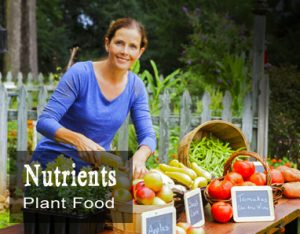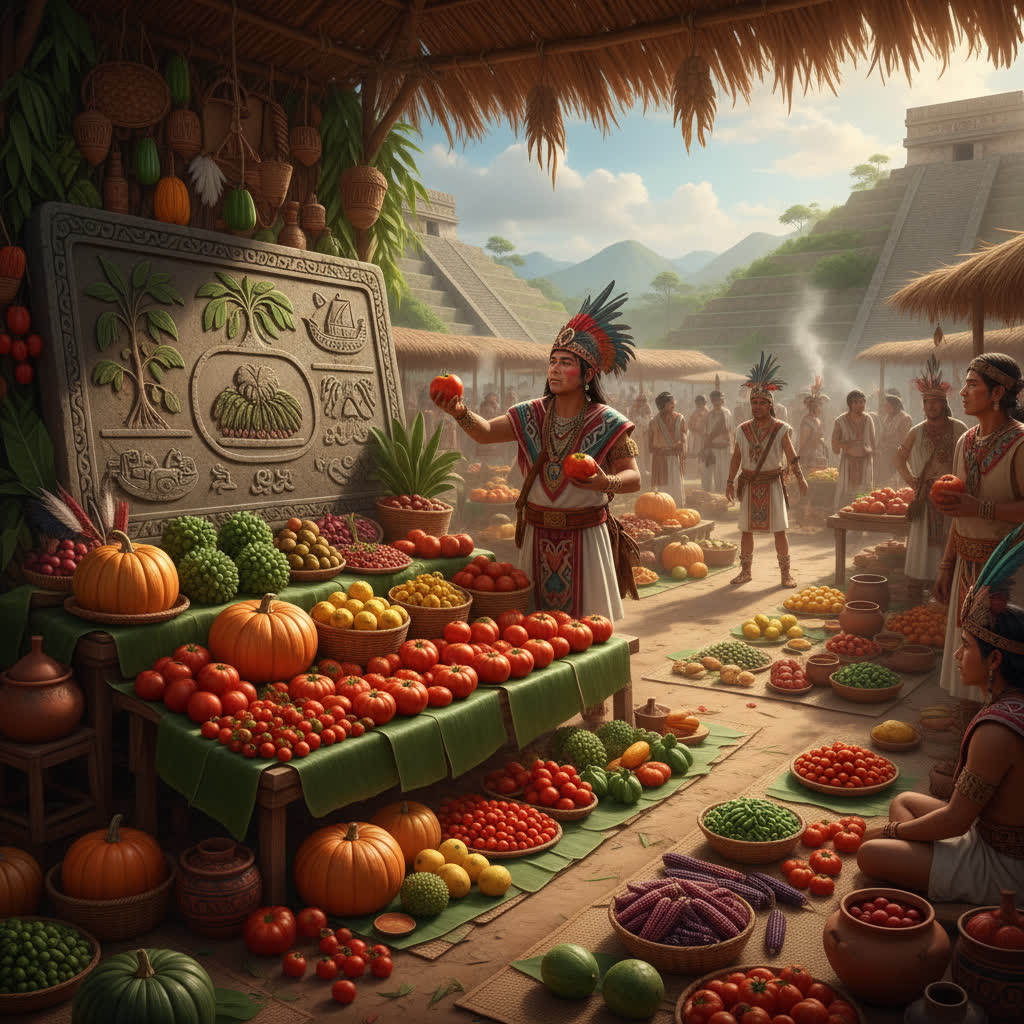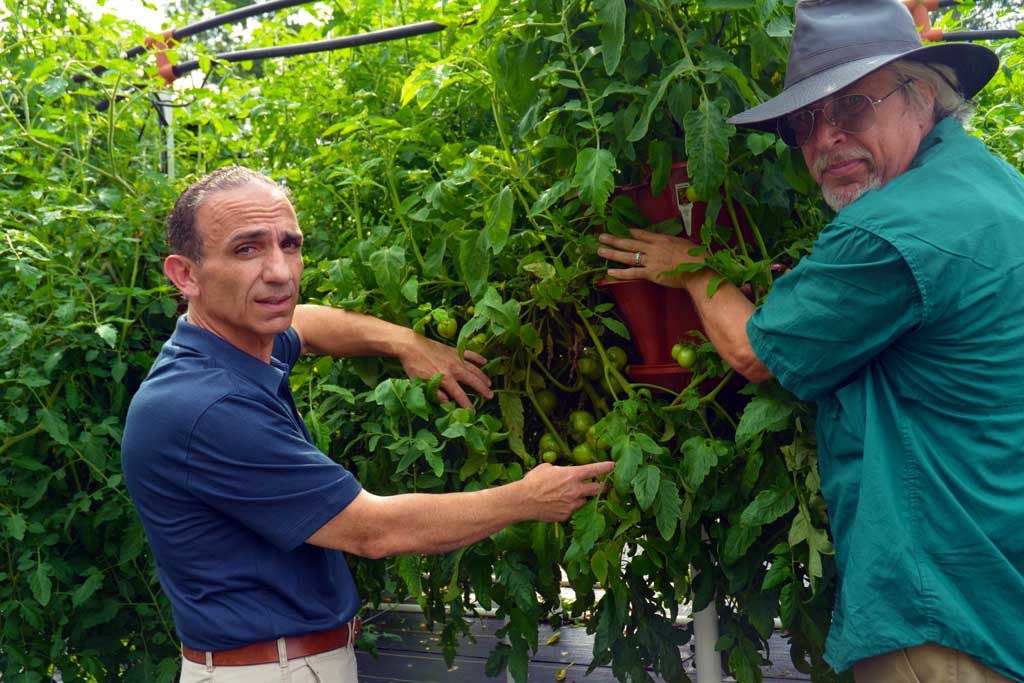gardening to everyone, with complete kits
that are simple to use. These EZ GRO
Self-Watering Vertical Gardens let you
grow like a pro, anywhere, with less time,
space and money.
the equivalent (or more) produce that a medium
to large size soil garden would yield. Regardless
of the backyard garden size you choose, you will
be able to produce 6 to 8 times as much per
square foot as you could in a field garden.
on a space where the ground cannot
be penetrated. It just sits on top of any
solid surface and can be used in a variety
of locations such as rooftops, parking lots,
patios- virtually anywhere.
container gardening to everyone, with
complete kits that are simple to use.
These garden kits let you grow like a pro,
and almost anywhere, with less
time, space and money.
-
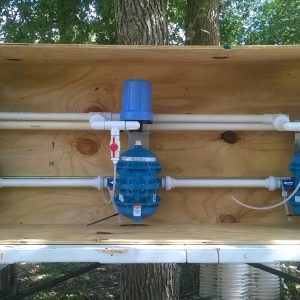
Precision Nutrient Dosing System
-
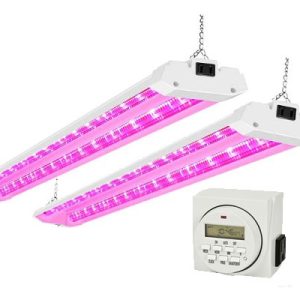
Patio Garden Lighting Kit
-

EzGro Quad Pot 5 Pack
-
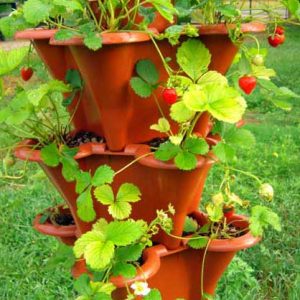
EzGro Hanging Garden
-
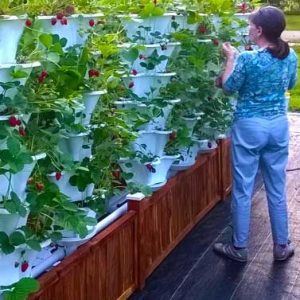
Ten Tower Strawberry Garden
-
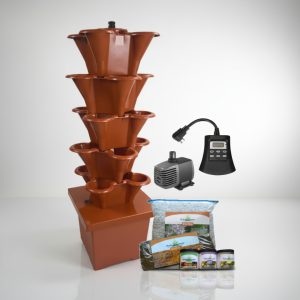
EzGro Patio Garden
-
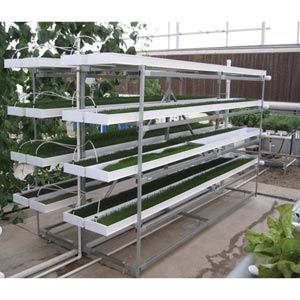
Mini Fodder Feed System
-
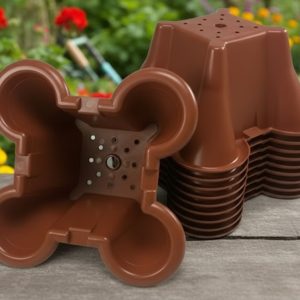
EzGro Quad Pot 10 Pack
-
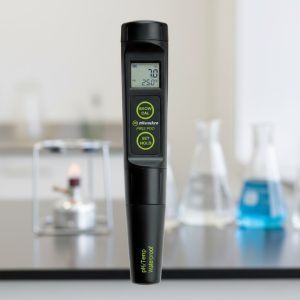
PRO Waterproof pH & Temperature Tester
-
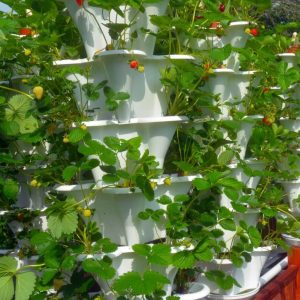
Five Tower Strawberry Garden
-
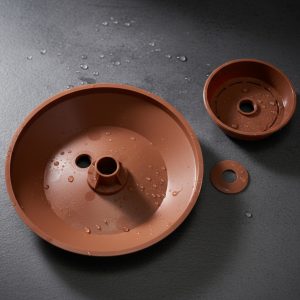
Drain Dish & Diffuser Dish Set
-
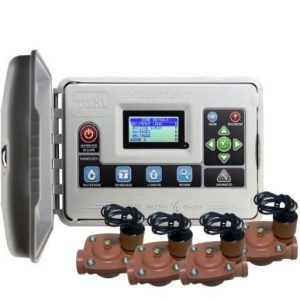
4 Zone Irrigation Bundle
-
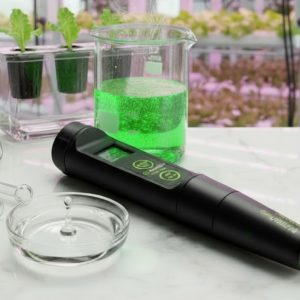
PRO Waterproof 3-in-1 EC / TDS/Temp Tester
-
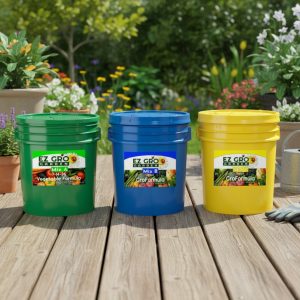
Vegetable Formula 2 Gallon Pail Set
-

Drain Dish & Diffuser Dish Set 5 Pack
-
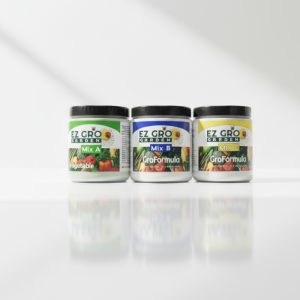
Vegetable Formula single dose Set
-
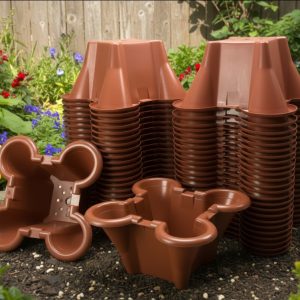
EzGro Quad Pot 50 Pack
-
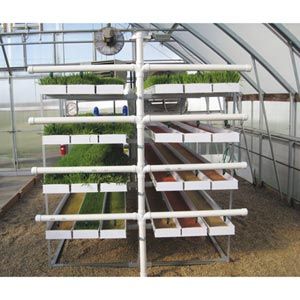
Expanded Mini Fodder Feed System
-
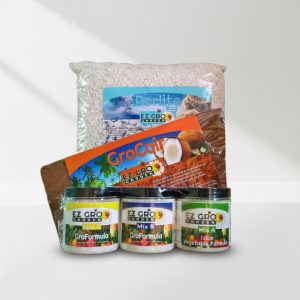
Patio Garden Recharge Kit
-
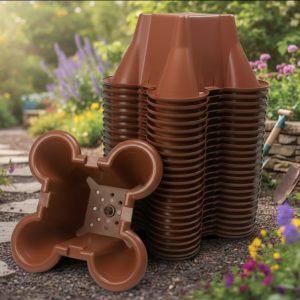
EzGro Quad Pot 25 Pack
-

Drain Dish Washer (100 Pack)
-
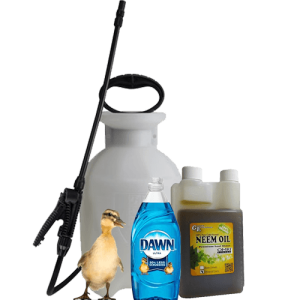
Pest Control Bundle
-
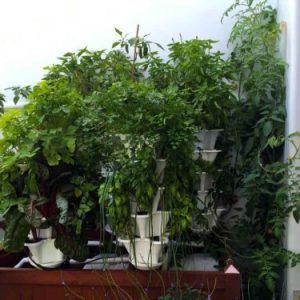
Five Tower Deck Garden
-
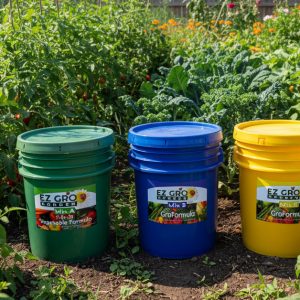
Vegetable Formula 5 Gallon Pail Set
-
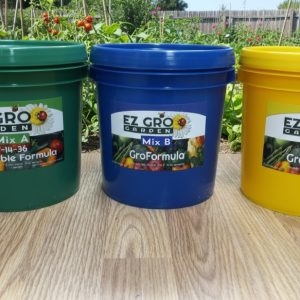
Vegetable Formula 1 Gallon Pail Set
-
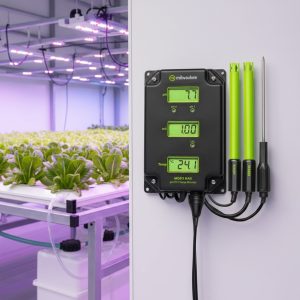
MAX pH/EC/Temp Monitor
-
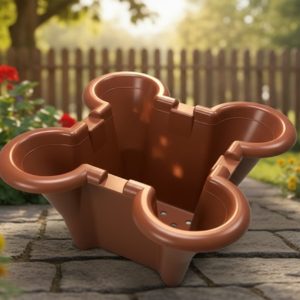
EzGro Quad Pot
-
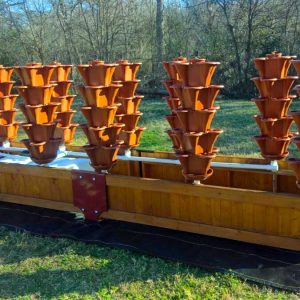
Ten Tower Deck Garden
-
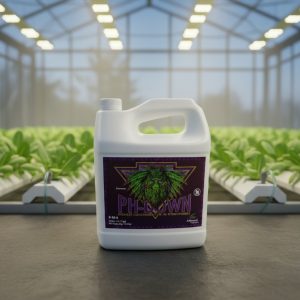
pH Down Concentrate
-

Drain Dish & Diffuser Dish Set 10 Pack
-
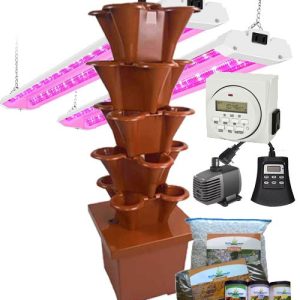
Indoor Patio Garden Bundle
-
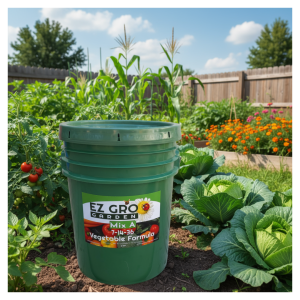
Vegetable Formula A Mix Dry 5 Gallon Pail
Deck Garden
The Ultimate Growing System
our selection of
Backyard Gardens
The EzGro Backyard Vertical Garden system is the ideal choice for anyone who wants to grow more produce easier then a soil garden would yield. Regardless of the backyard garden size you choose, you will be able to produce 6 to 8 times as much per square foot as you could in a dirt garden.

We are the original
The Quad Pot was created 1997, so we have been around for 25+ years and are pioneers in vertical growing. Our systems are utilized all over the world to grow healthy produce. EzGro is a trusted name for quality and performance.

What is an EzGro Garden?
We produce vertical gardening kits that are simple to use and provide serious results. Our kits are unique because they include virtually everything you need. This eliminates guesswork and extra expense. They are much more efficient than traditional soil gardens.

We Are Eco Friendly
Sustainability speaks volumes concerning our responsibility to being good stewards of our natural resources. Our commitment to sustainability is an on-going process as we continue to incorporate environmentally friendly practices into our business.

We use recycled materials!
We extrude our structural material using reclaimed High Density Polyethylene. In simple terms, we make our Quad Pots from sources like discarded milk jugs & water bottles. Every product we make contains recycled material.
-
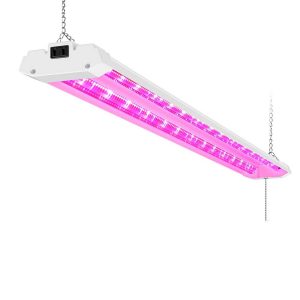
4ft LED Grow Light 50W Full Spectrum
$84.99 -

4 Zone Irrigation Bundle
$359.96 -
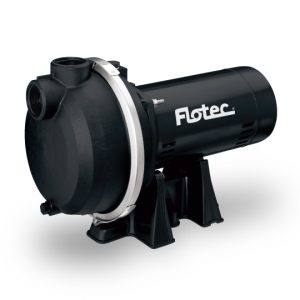
Thermoplastic Irrigation Pump 1 HP
$469.99 -
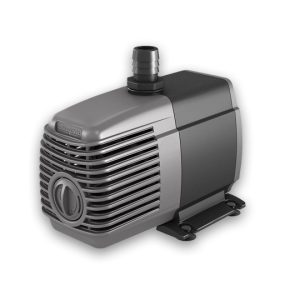
Aqua Pump 550 GPH
$59.97 -

Mushroom Bubbler
$14.99 -

Hydroponic Irrigation Controller
$209.99 -

EzGro Quad Pot 25 Pack
$274.99 -
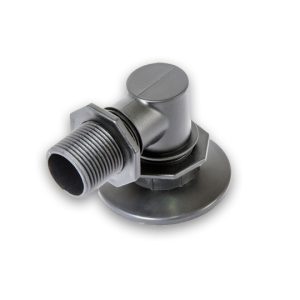
Aqua Pump 250 Bottom Draw
$4.99 -

Five Tower Deck Garden
$2,499.00 -
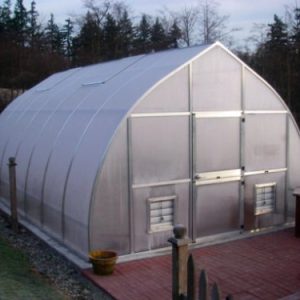
Riga Mark VII Greenhouse
$17,999.00 -
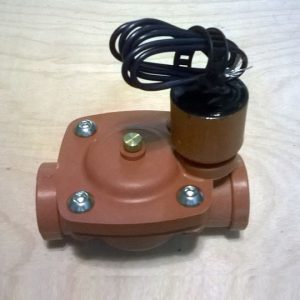
EzFlo Industrial Irrigation Solenoid Valve
$31.99 -

Precision Nutrient Dosing System
$2,200.00 -

Drain Dish & Diffuser Dish Set
$16.99 -
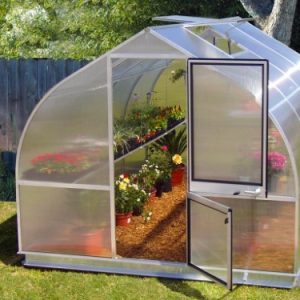
Riga Mark IV Greenhouse
$6,999.00 -

Patio Garden Lighting Kit
$179.99 -
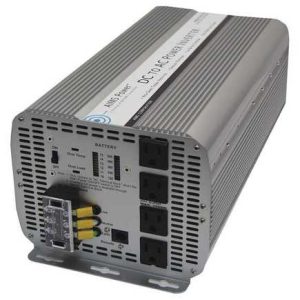
5000 Watt 48 Volt Power Inverter
$899.00 -

Drain Dish & Diffuser Dish Set 5 Pack
$69.95 -

Vegetable Formula single dose Set
$29.99 -
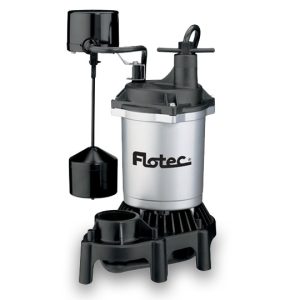
Submersible Thermoplastic Sump Pump 1/2 HP
$269.00 -
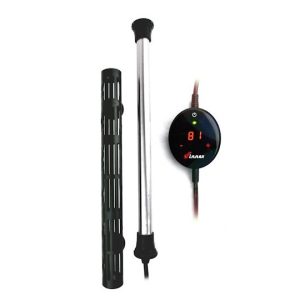
50w Patio Garden Heater with Digital Controller
$49.95 -
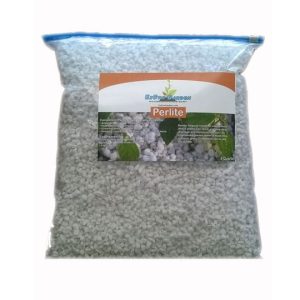
Extra Chunky Perlite 8qt
$16.95 -

Drain Dish & Diffuser Dish Set 10 Pack
$124.99 -

Aqua Pump 250 GPH
$39.95 -
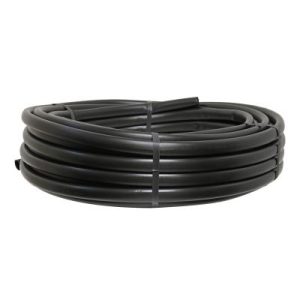
3/4″ Poly Irrigation Tubing 50′
$37.50 -
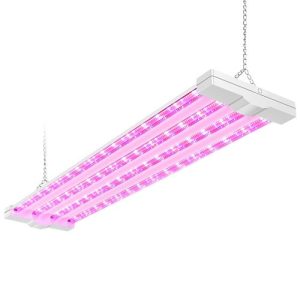
4ft LED Grow Light 80W Full Spectrum
$119.00 -
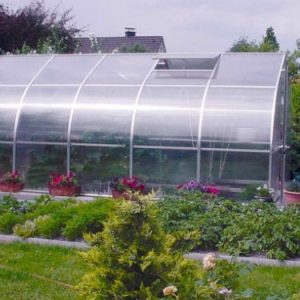
Riga Mark V Greenhouse
$7,999.00 -
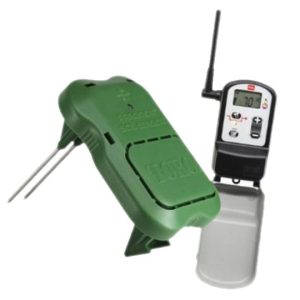
Precision Soil Sensor Probe with Reciever
$219.99 -
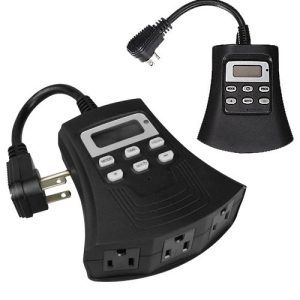
Outdoor 3 Outlet Digital Timer
$32.95 -

Pest Control Bundle
$48.95 -
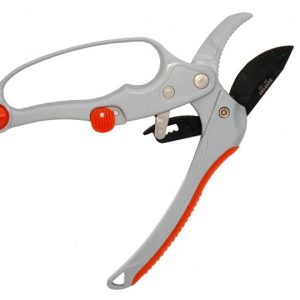
EzGro Ratchet Pruner
$14.86 -
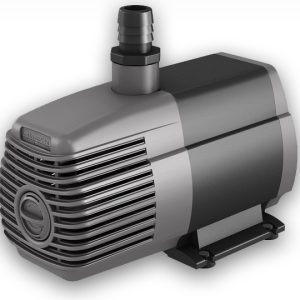
Aqua Pump 1000 GPH
$89.97 -
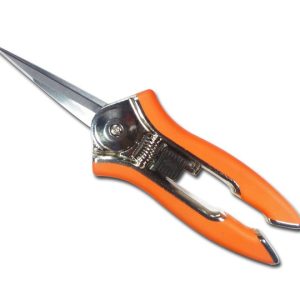
EzGro Precision Micro Trimmer
$11.99 -
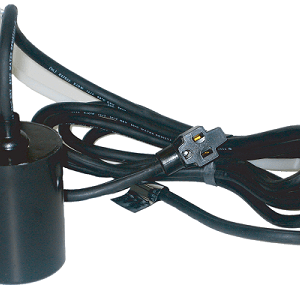
Pump Up Float Switch
$45.00 -
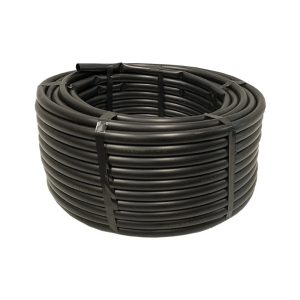
Black Poly Tubing 3/4 in. (.830 ID x .940 OD) 60 PSI – 250 ft.
$125.00 -

Vegetable Formula 2 Gallon Pail Set
$229.99 -

Expanded Mini Fodder Feed System
$5,999.00 -
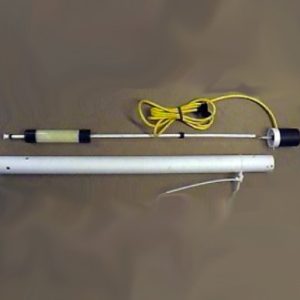
Compact Pump-UP Float Control
$85.00 -

StartBox 24 Volt Pump Start Relay
$124.98 -
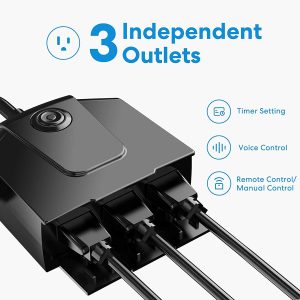
Outdoor 3 Outlet Smart Plug Timer
$39.99 -
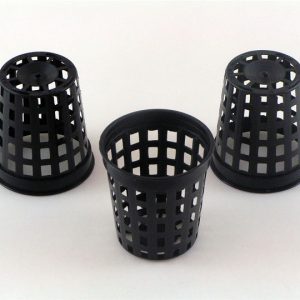
Net Pot 2″ – Box of 100
$34.68 -
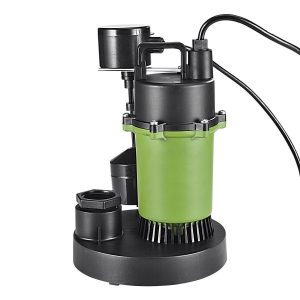
1/3 HP Submersible Irrigation Pump
$189.00 -

EzGro Hanging Garden
$109.00 -
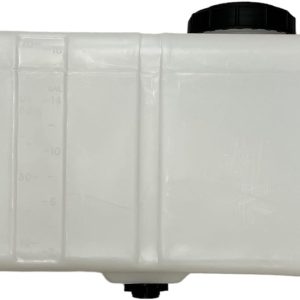
20 Gallon Rectangular Tank
$280.00 -

EzGro Quad Pot 10 Pack
$114.99 -
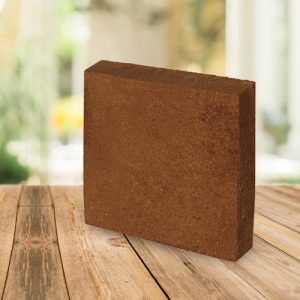
Premium Coco Peat Block
$21.49 -
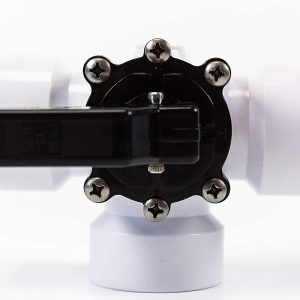
3-Way Diverter Valve 1 1/2″
$52.49 -
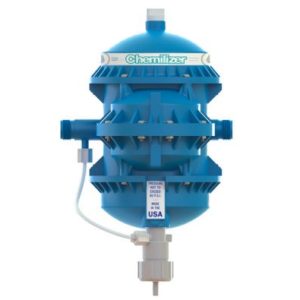
Chemilizer Injector
$369.99 -

MAX pH/EC/Temp Monitor
$259.99 -

EzGro Quad Pot 50 Pack
$499.90 -
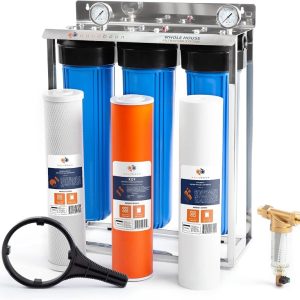
3-Stage Pre Filtration System
$549.99 -
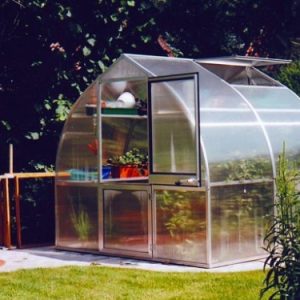
Riga Mark II Greenhouse
$5,299.00 -
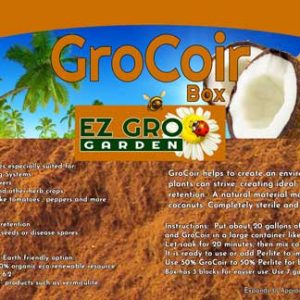
GroCoir Box
$59.99 -

Ten Tower Strawberry Garden
$3,799.00 -
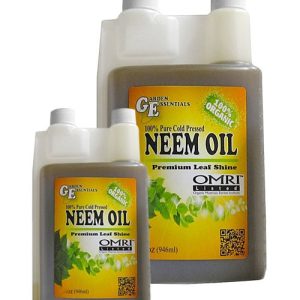
Cold Pressed Neem Oil
$29.92 – $38.71Price range: $29.92 through $38.71 -
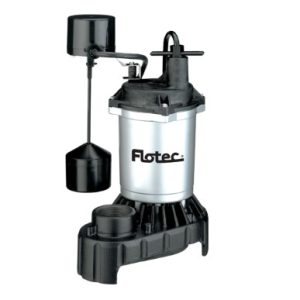
Submersible Thermoplastic Sump Pump 3/4 HP
$329.00 -
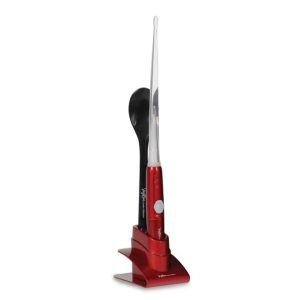
Battery Powered Garden Pollinator
$32.99 -
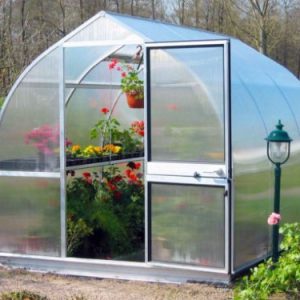
Riga Mark III Greenhouse
$5,999.00 -

Vegetable Formula 5 Gallon Pail Set
$389.49 -
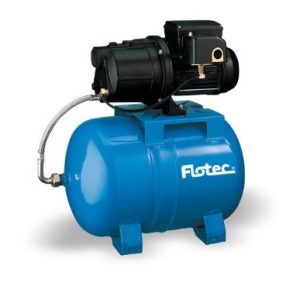
Rainwater Pressure Tank System
$489.00 -
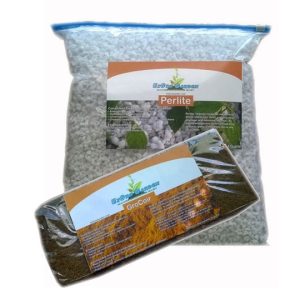
EzGro GroMix
$24.95 -

pH Down Concentrate
$109.00 -

Patio Garden Recharge Kit
$49.00 -

Five Tower Strawberry Garden
$2,799.00 -

Submersible Thermoplastic Sump Pump 1/3 HP
$219.99 -
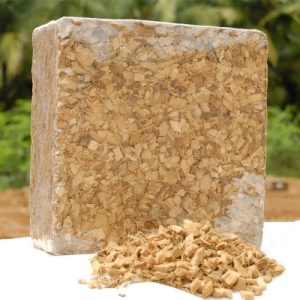
Coconut Husk Chip Block
$19.99 -
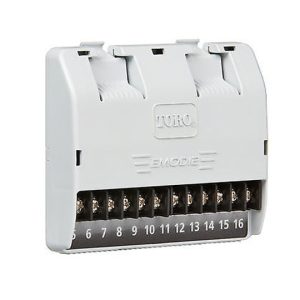
12-Station Expansion Module
$179.95 -
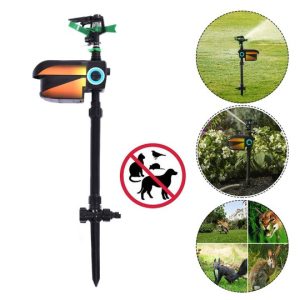
Motion Activated Sprinkler Scarecrow
$59.99 -

Vegetable Formula 1 Gallon Pail Set
$149.99 -

Ten Tower Deck Garden
$3,499.00 -
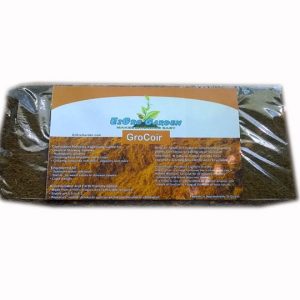
GroCoir Brick
$9.95 -

EzGro Quad Pot
$12.99 -

PRO Waterproof 3-in-1 EC / TDS/Temp Tester
$69.95 -

Indoor Patio Garden Bundle
$499.95 -
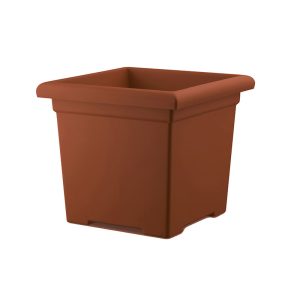
Patio Garden Reservoir
$39.99 -
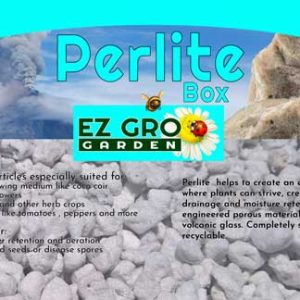
Perlite Box
$54.95 -
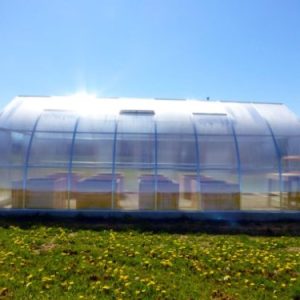
Riga Mark VIII Greenhouse
$18,999.00 -

Drain Dish Washer (100 Pack)
$59.99 -

EzGro Patio Garden
$389.99 – $399.99Price range: $389.99 through $399.99 -
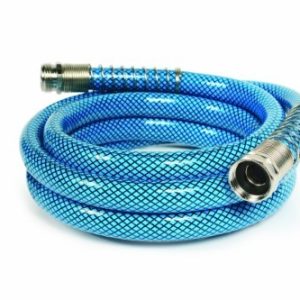
Patio Garden Drain Hose
$18.99 -

Vegetable Formula A Mix Dry 5 Gallon Pail
$239.95 -
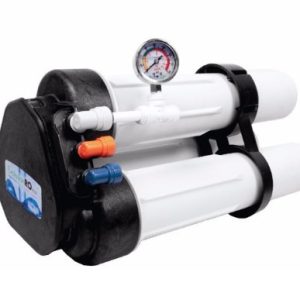
Reverse Osmosis System or RO System
$949.00 -

Mini Fodder Feed System
$4,499.00 -

PRO Waterproof pH & Temperature Tester
$65.95 -
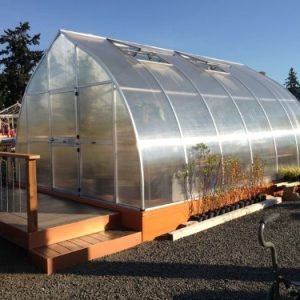
Riga Mark VI Greenhouse
$15,999.00 -
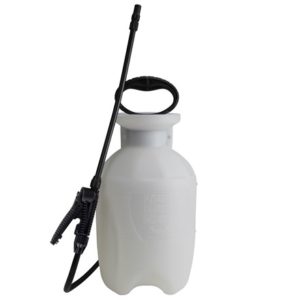
1-Gallon Lawn and Garden Sprayer
$16.99 -
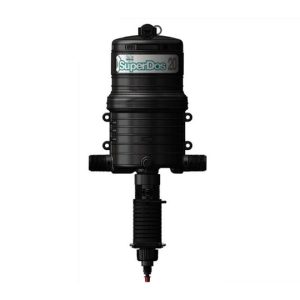
SuperDos 20 Injector
$489.90 -

EzGro Quad Pot 5 Pack
$58.75 -

Deck Garden Corners
$349.00 -
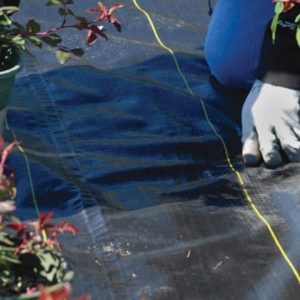
Cover Rite Ground Cover
$186.00 -

Indoor Digital Timer
$19.95 -

Wooden Reservoir Box with Casters
$85.99 -
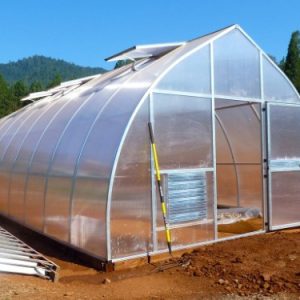
Riga Mark IX Greenhouse
$19,999.00 -
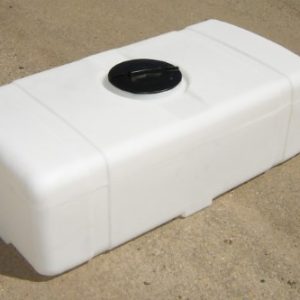
Low Profile Irrigation Tank 50 gallon
$389.00
Our Latest Articles
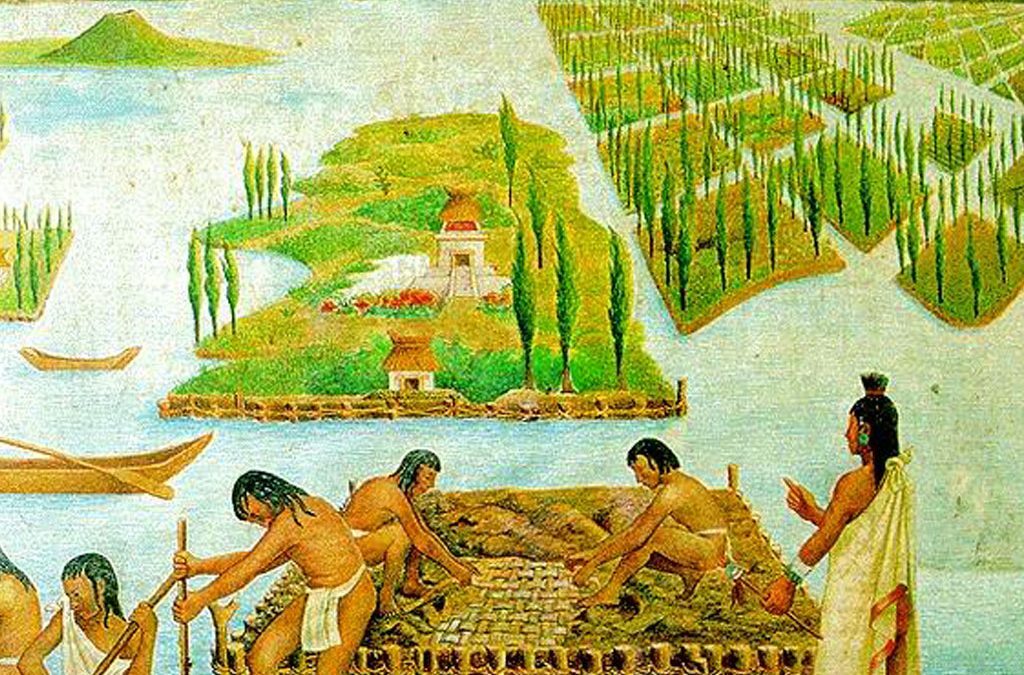
The History of Hydroponics
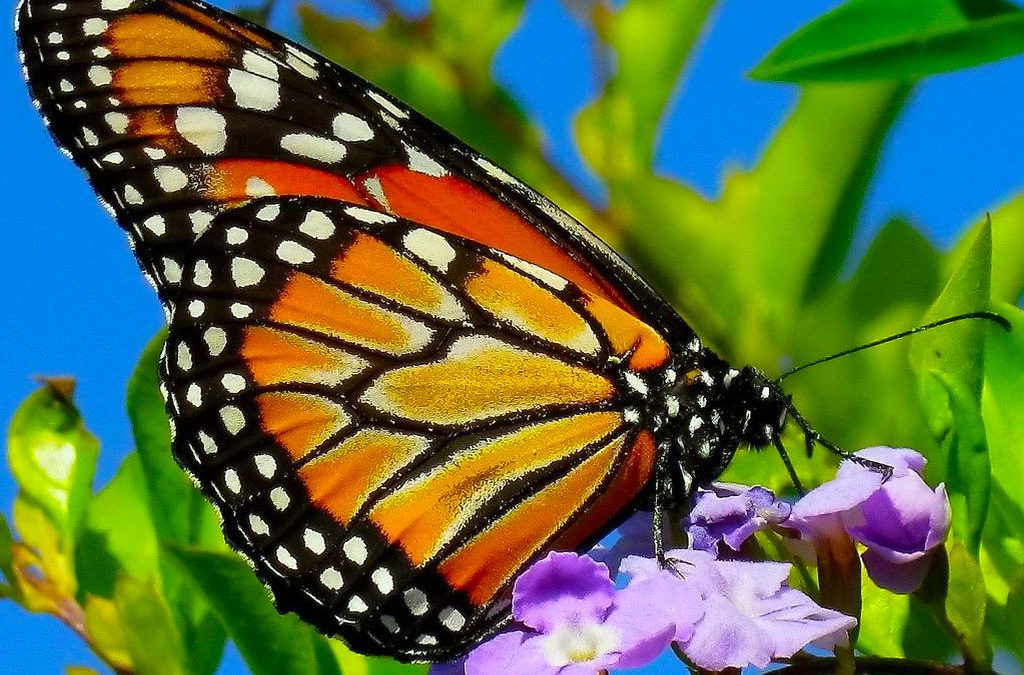
Butterfly
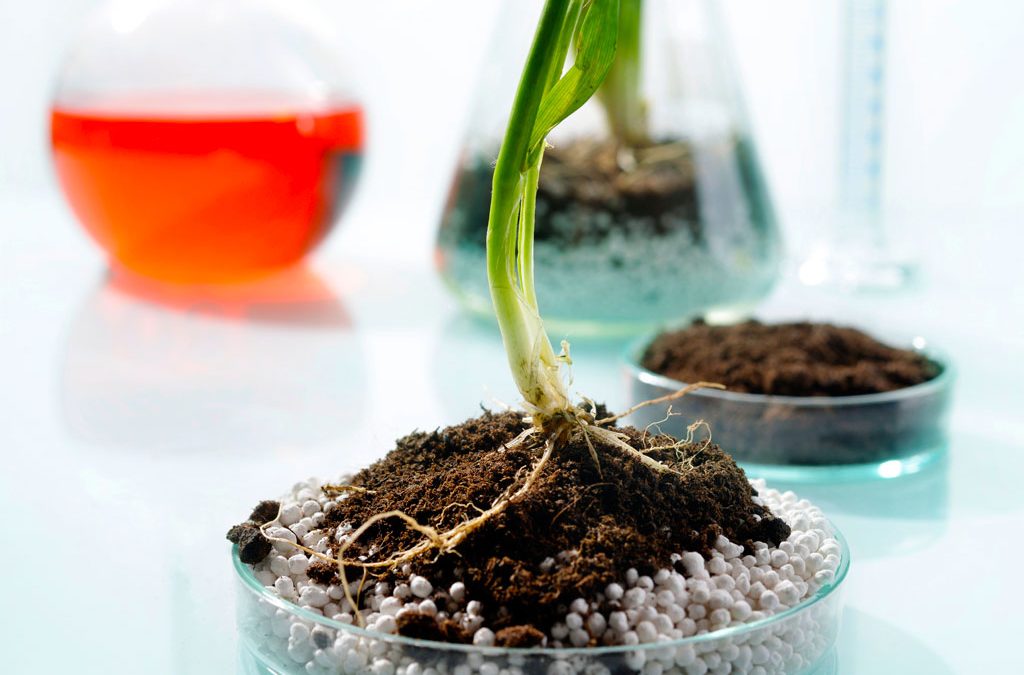
Organic versus Inorganic: What’s the Difference?
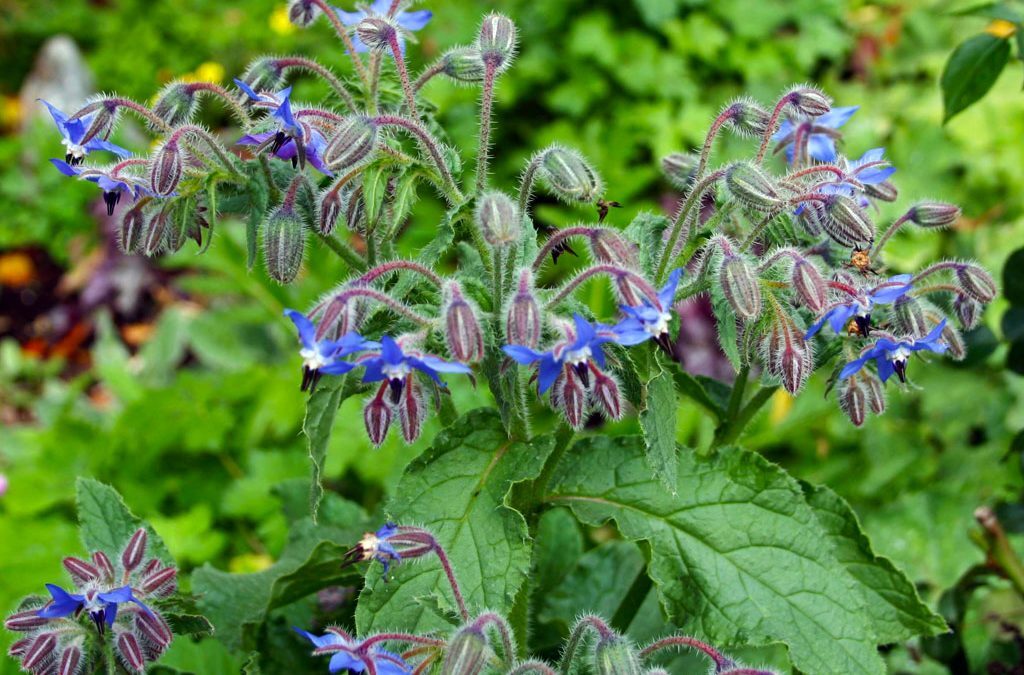
The Borage Plant
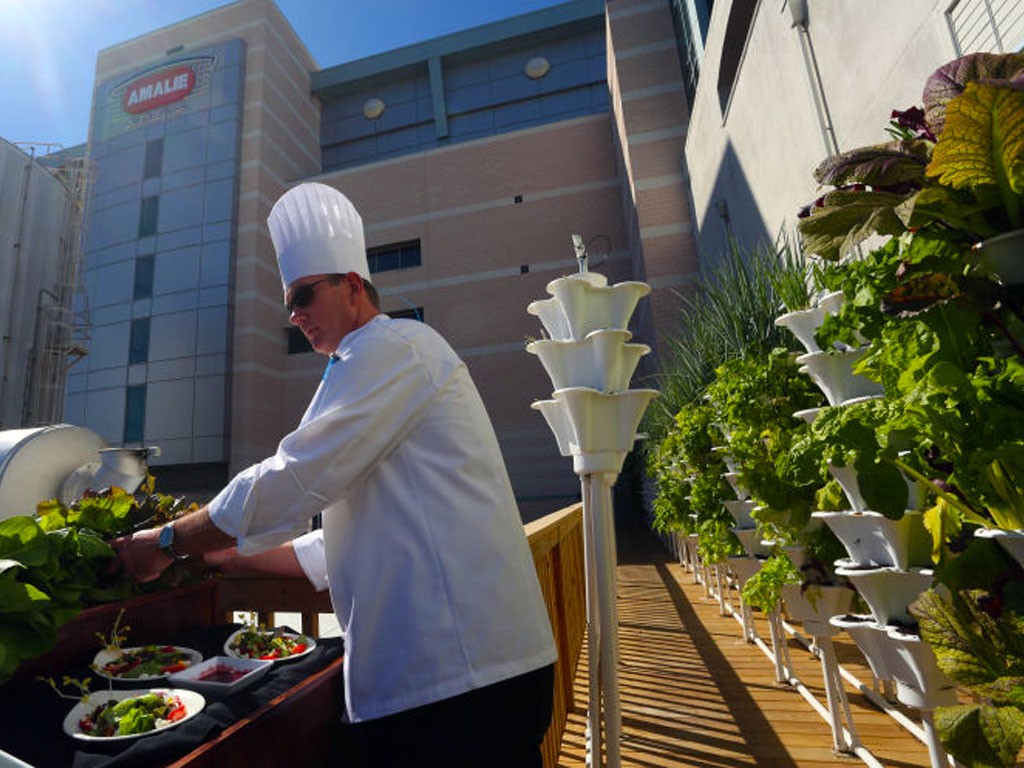
What Makes Amalie Arena’s Garden Unique
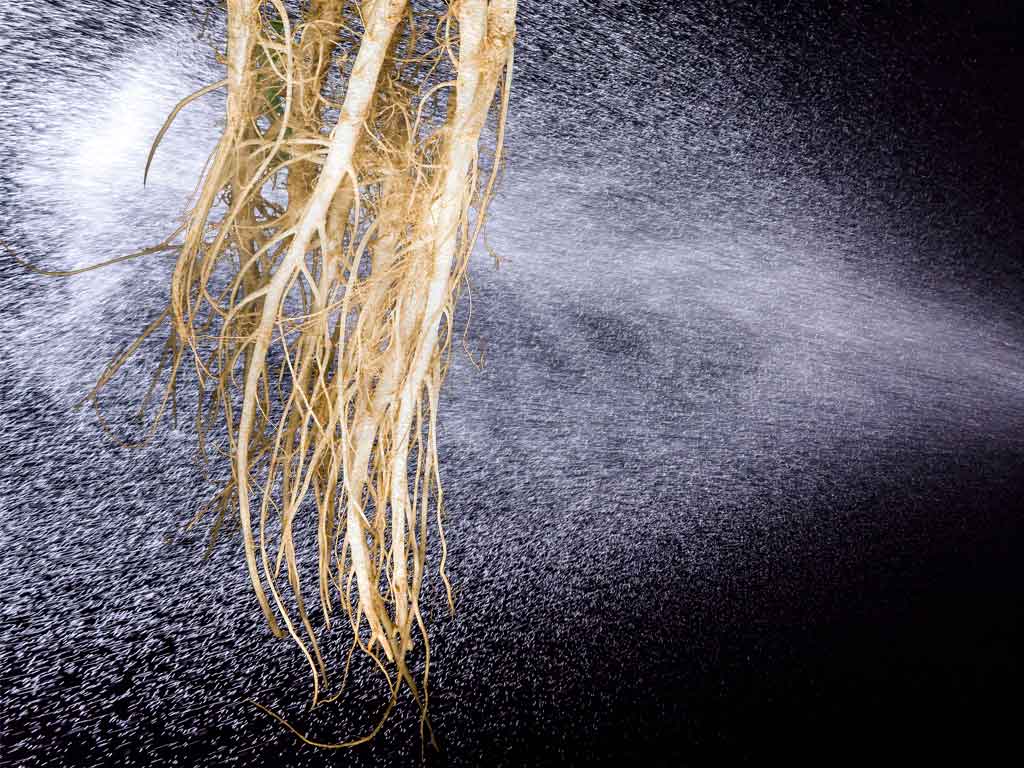
What is Aeroponics

The Gardens of Babylon
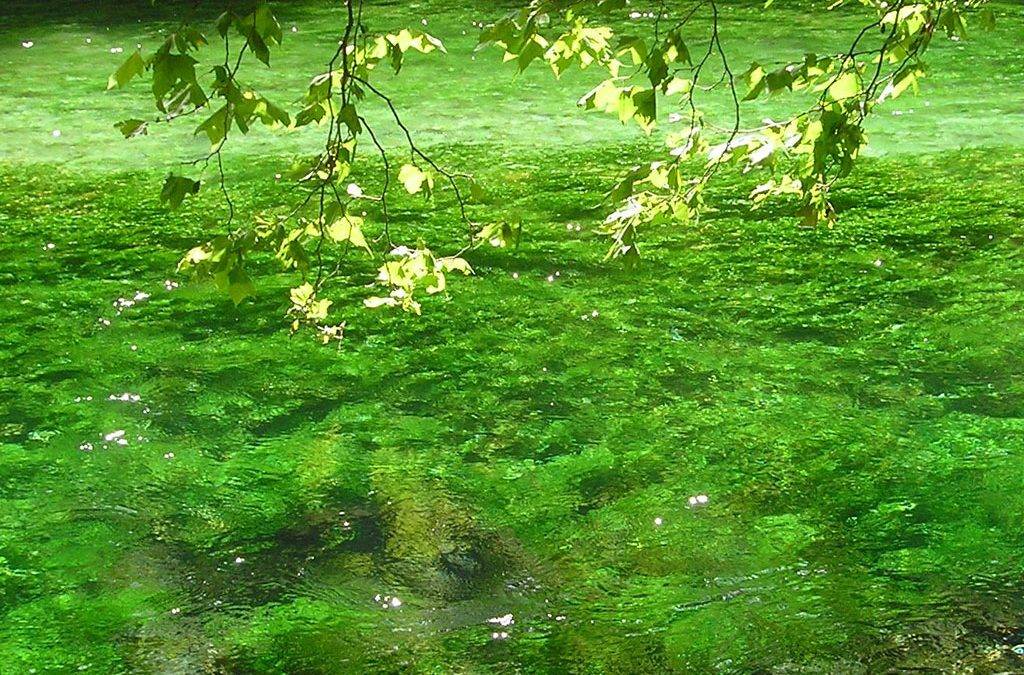
Organic Farming vs Hydroponics
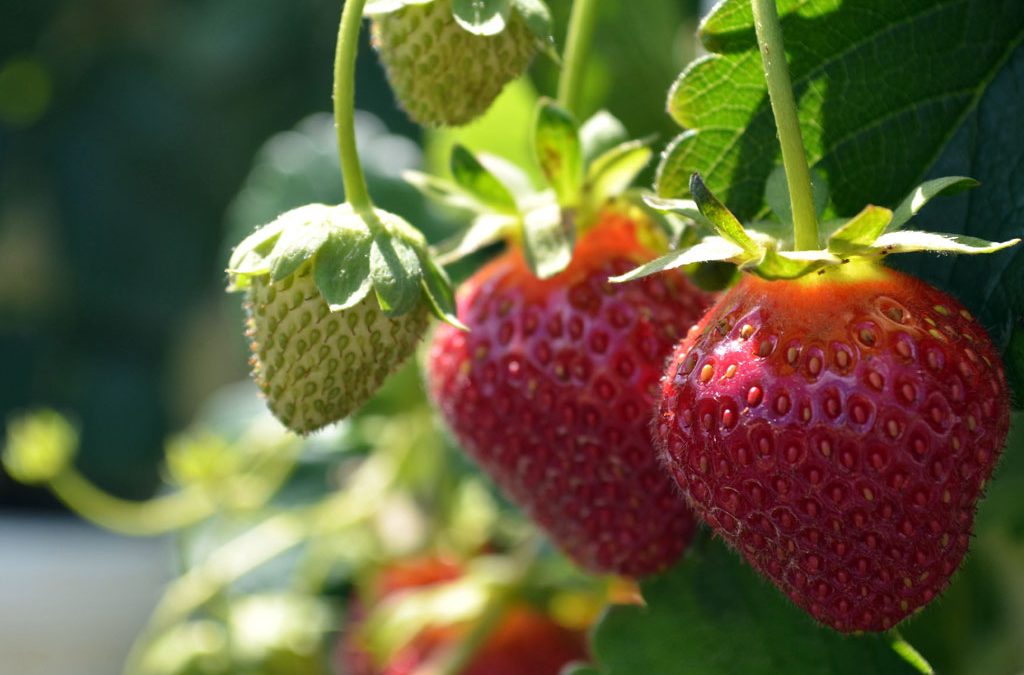
The Strawberry Plant
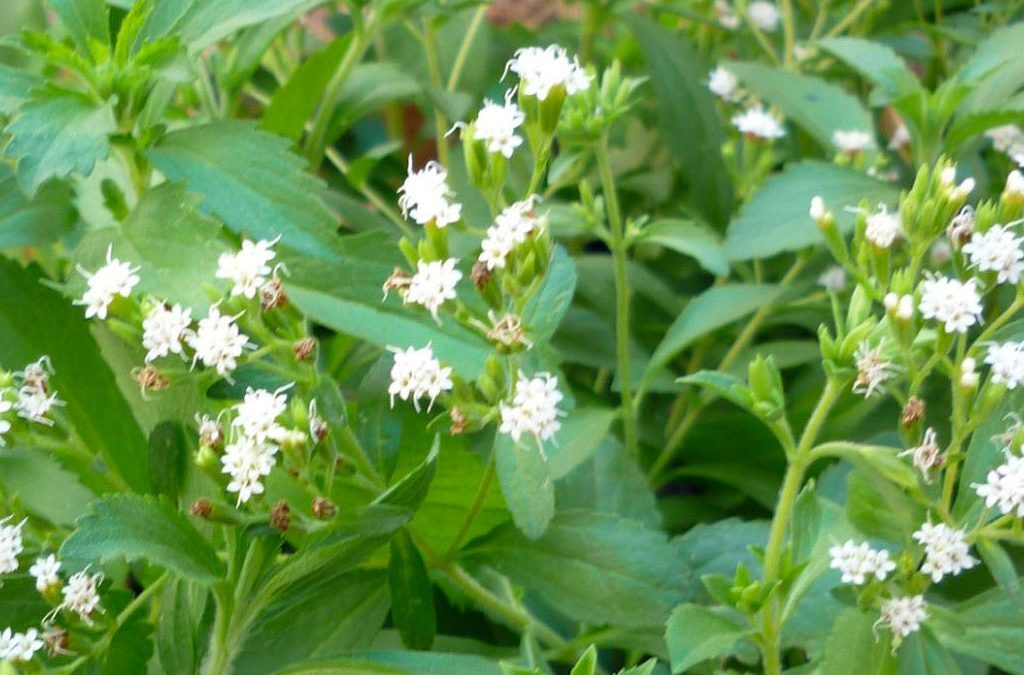
Stevia the Sweet Herb
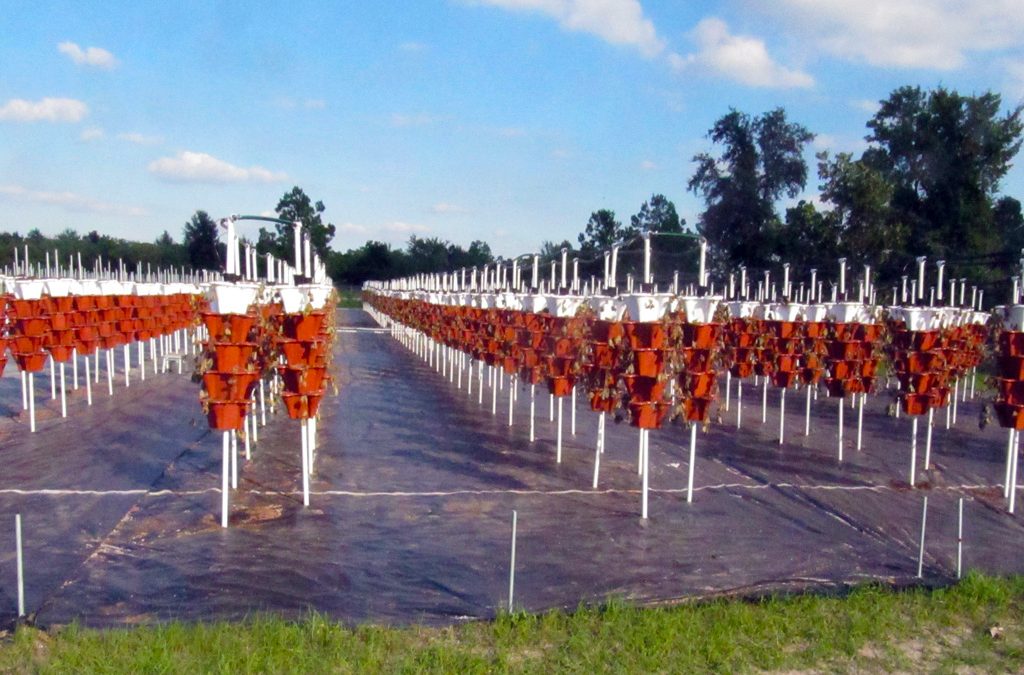
Vera Street Farms in Texas

Best Light for Plant Growth

The Foundation of Hydroponics
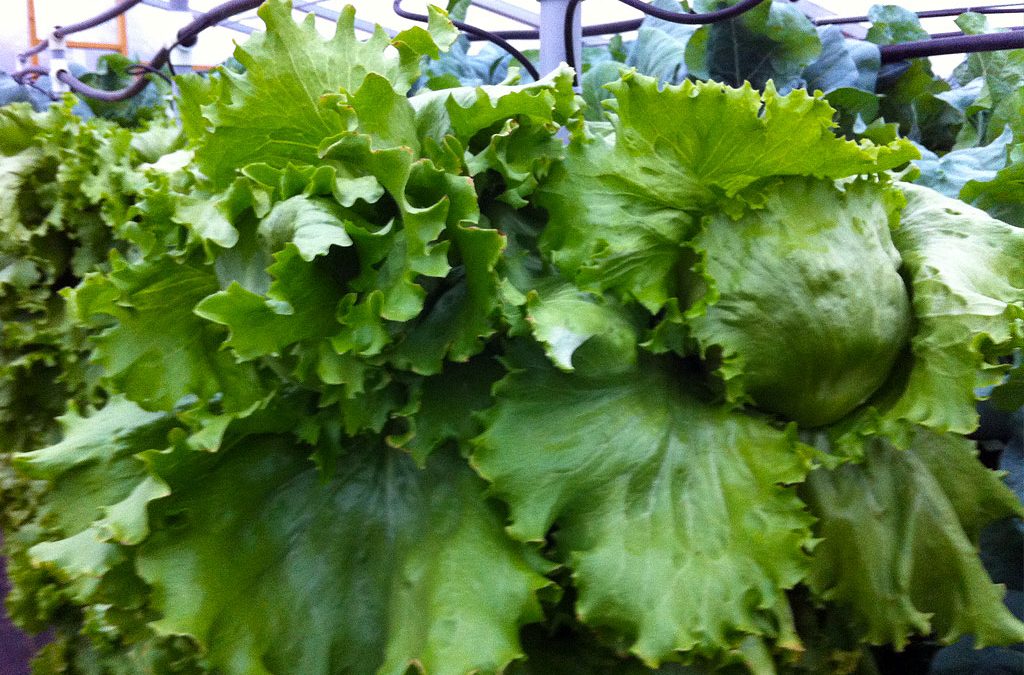
Uncertain Farms In TX
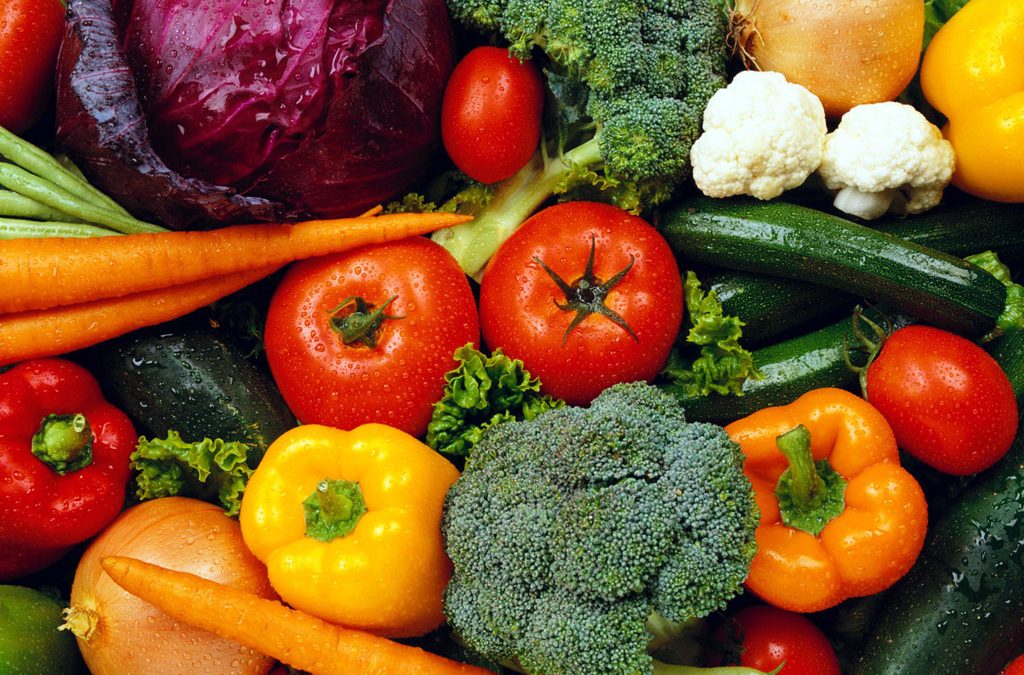
Improving Flavor In Your Garden – Treat ‘Em Bad And They’ll Taste Better
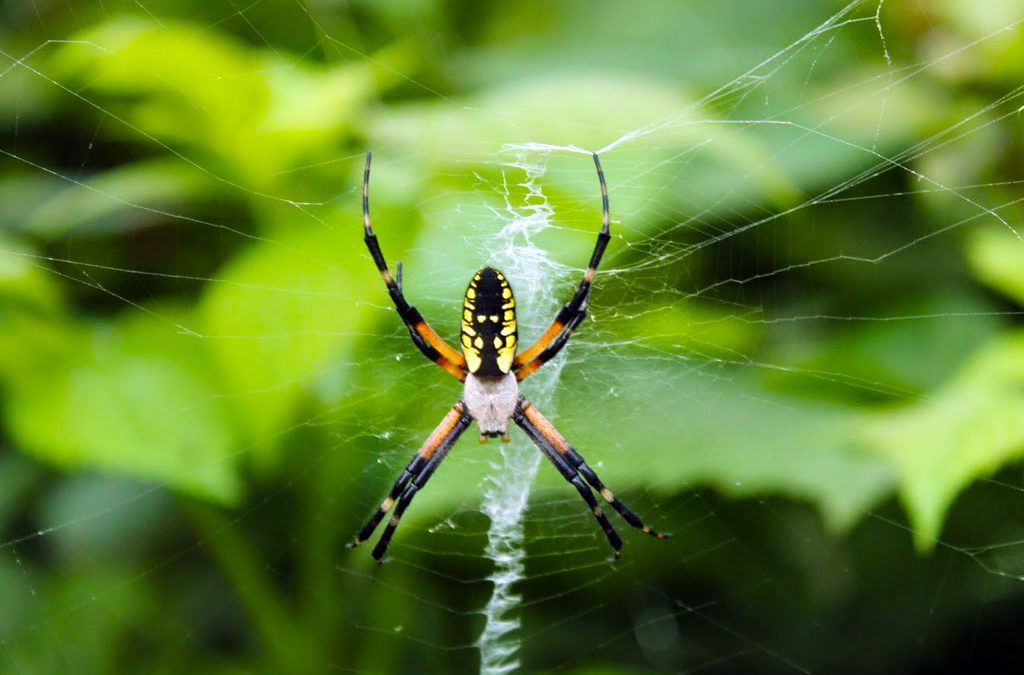
Golden Garden Spider
The writing spider, or black and yellow argiope, is a brightly colored predator. They are considered orb weavers, which means they spin their web in a circle shape. This particular species adds zig-zag patterns to their web which looks like a person’s writing, which is why they are referred to as the writing spider in some places. Their body is black and yellow, with black and brown, red or yellow banded legs. Females are more than twice the size of males of the same species
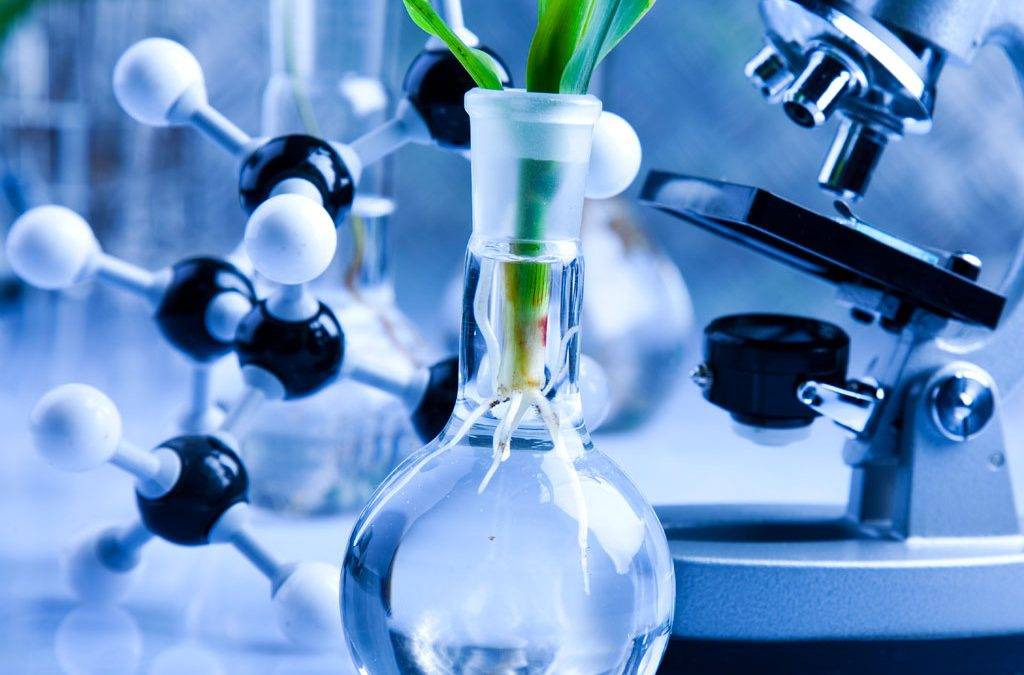
An overview of Hydroponics
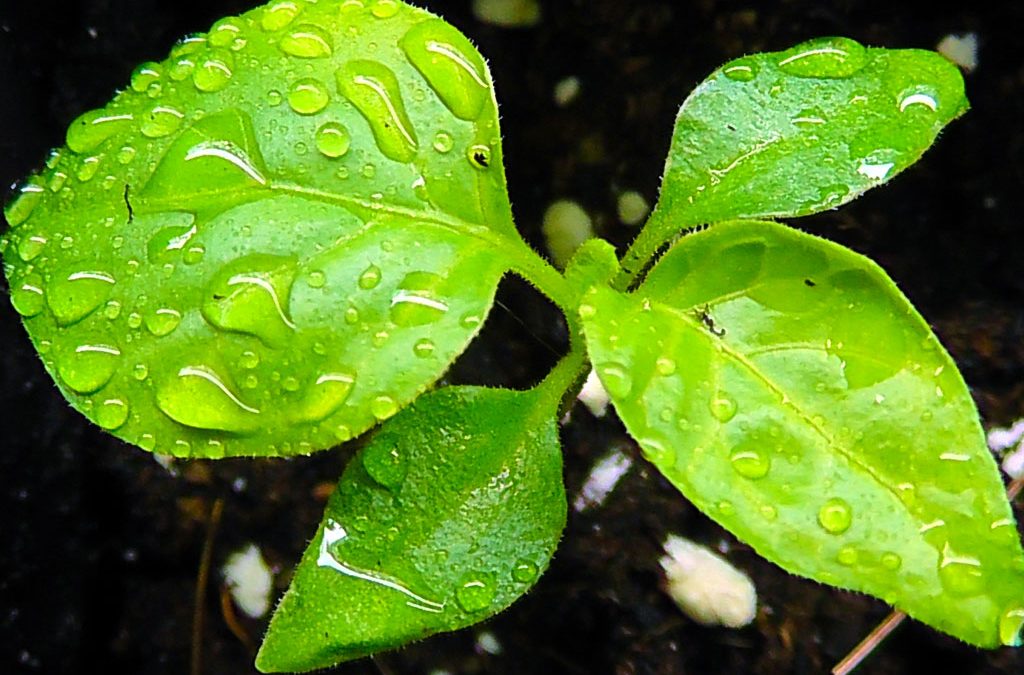
How to Harden Off Your Seedlings
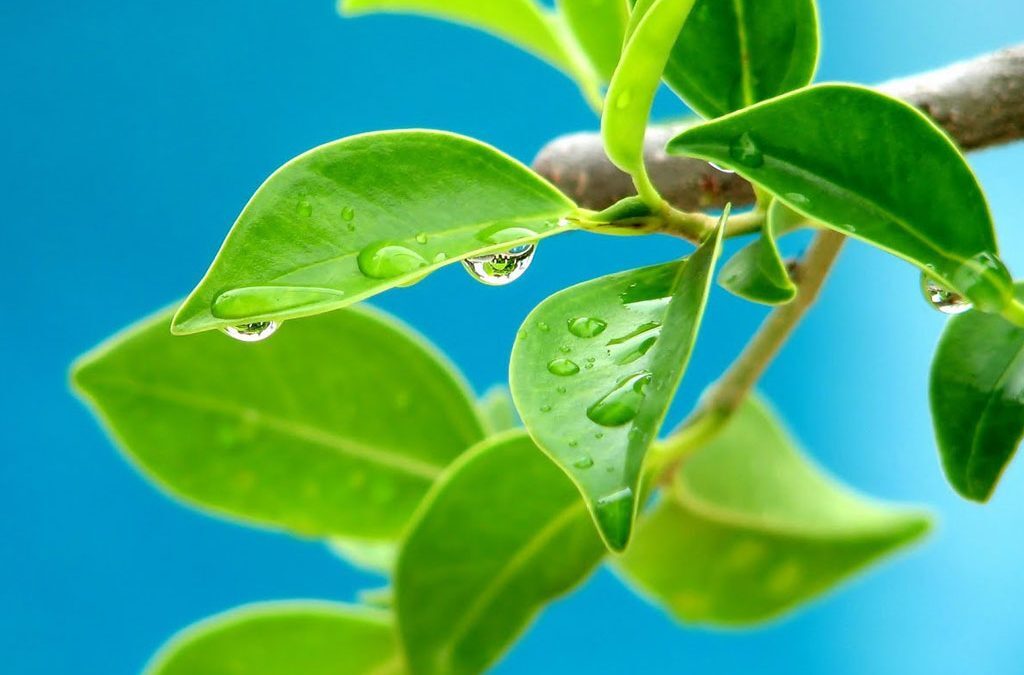
Types of Hydroponic Systems
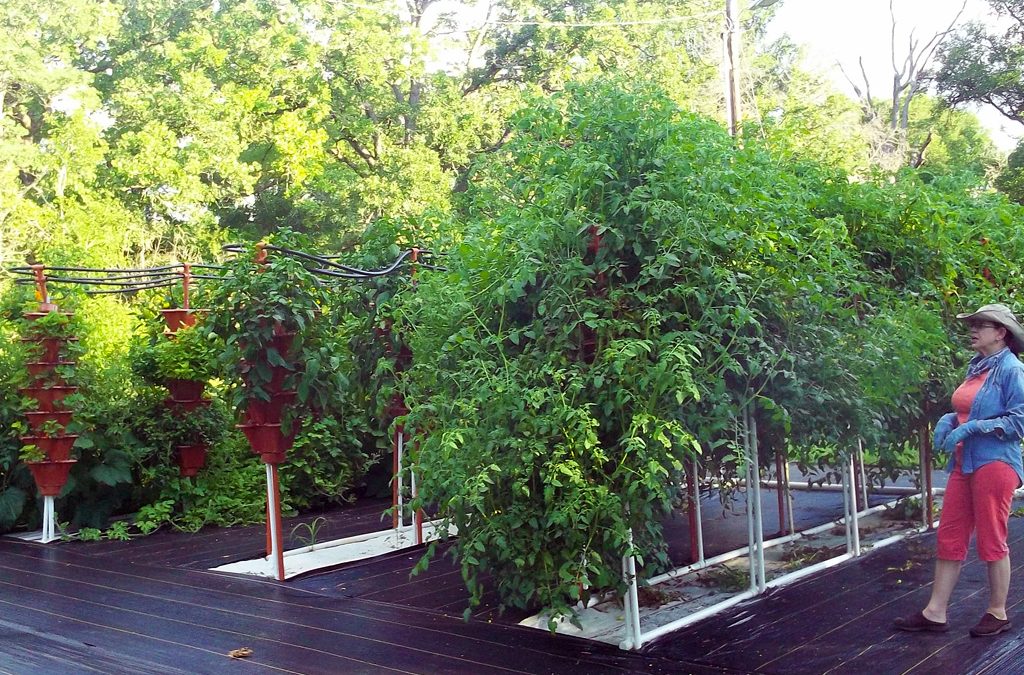
Midsummer Night Meadows, Backyard Garden
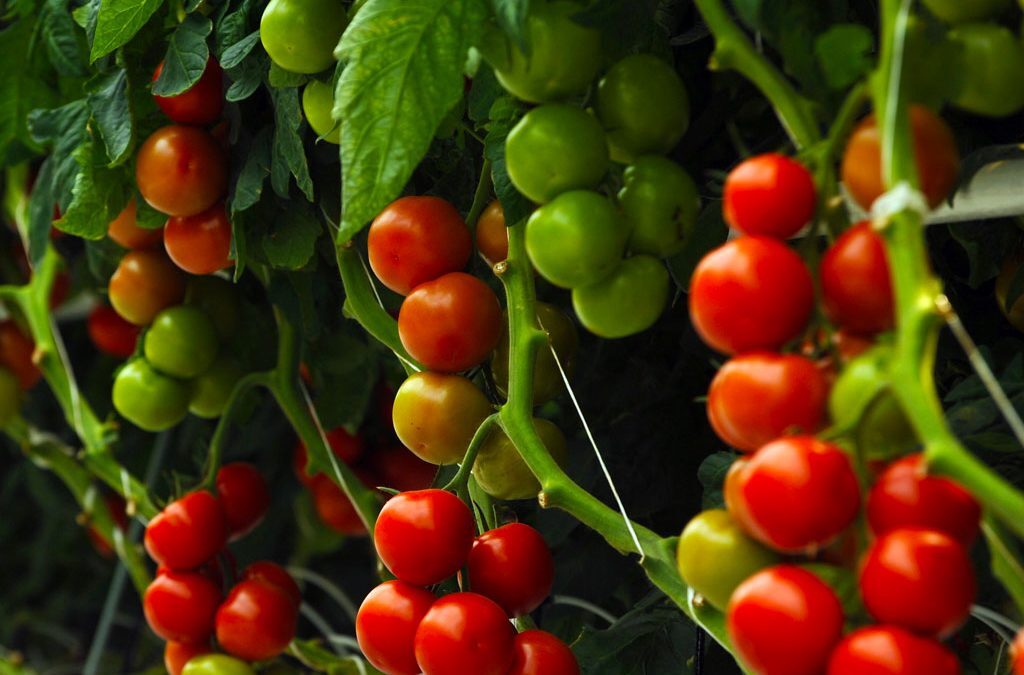
What’s Hydroponic, What’s Not?
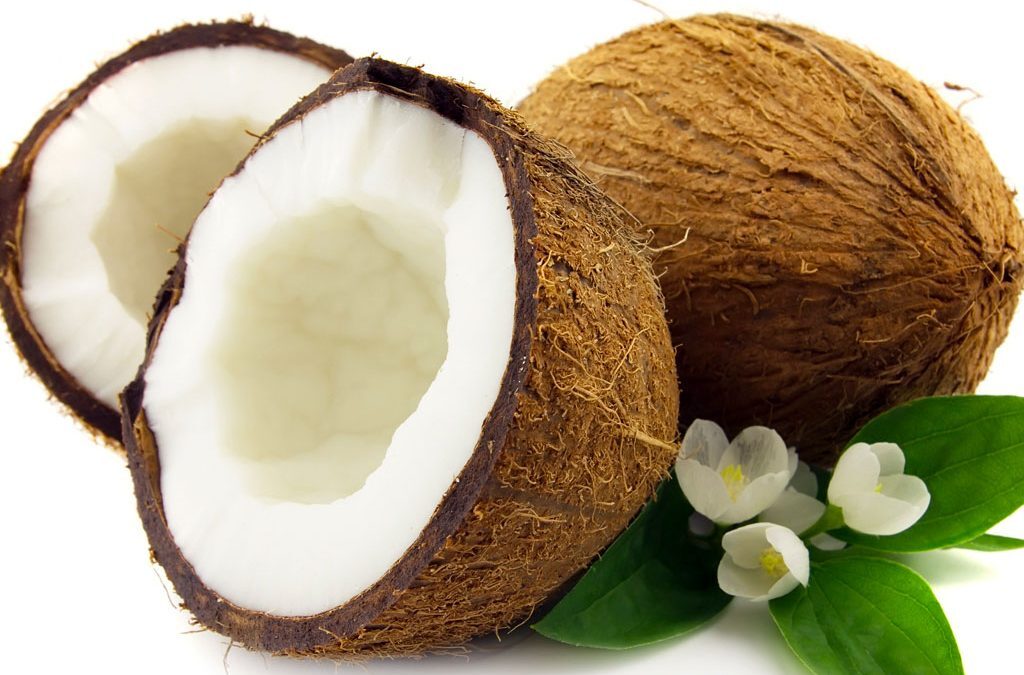
Coco Coir
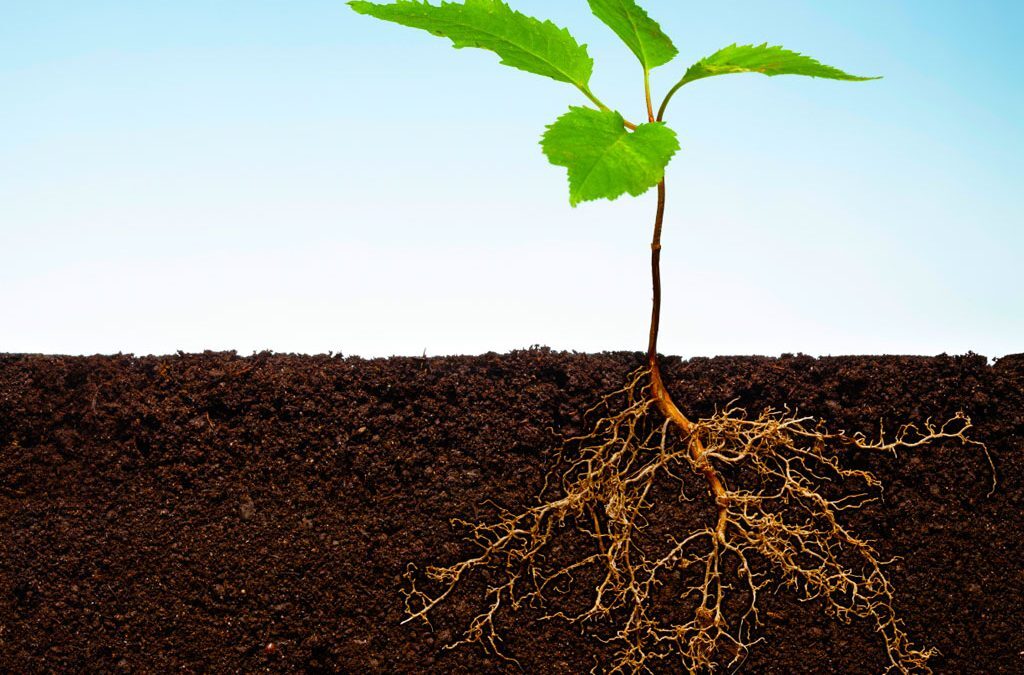
Aggregate Hydroponics (Agroponics)
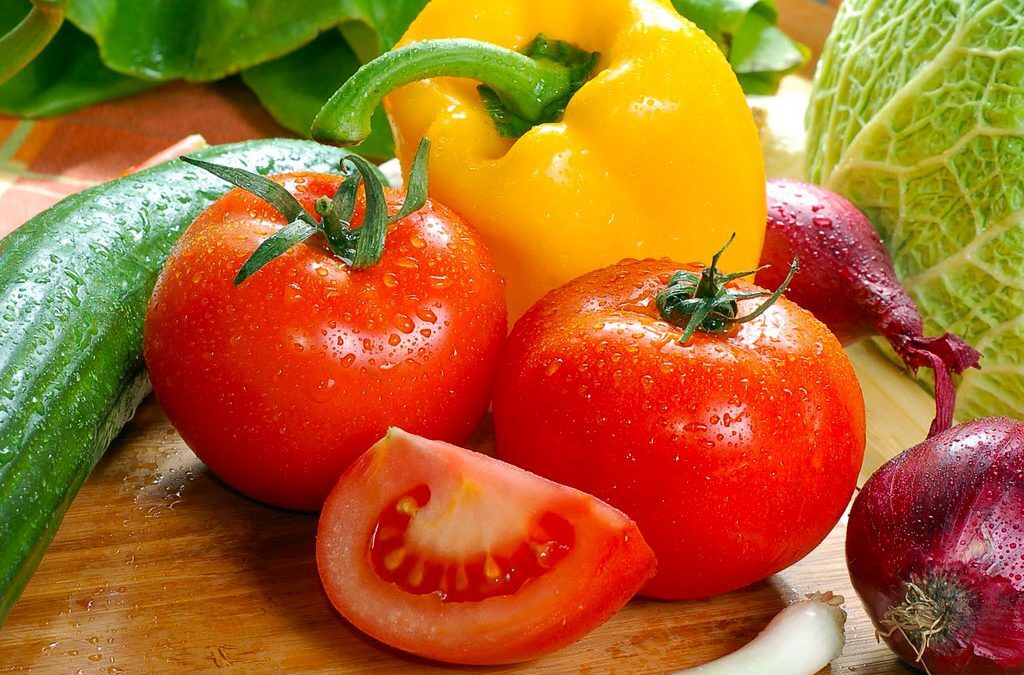
Hydroponic Produce and Health
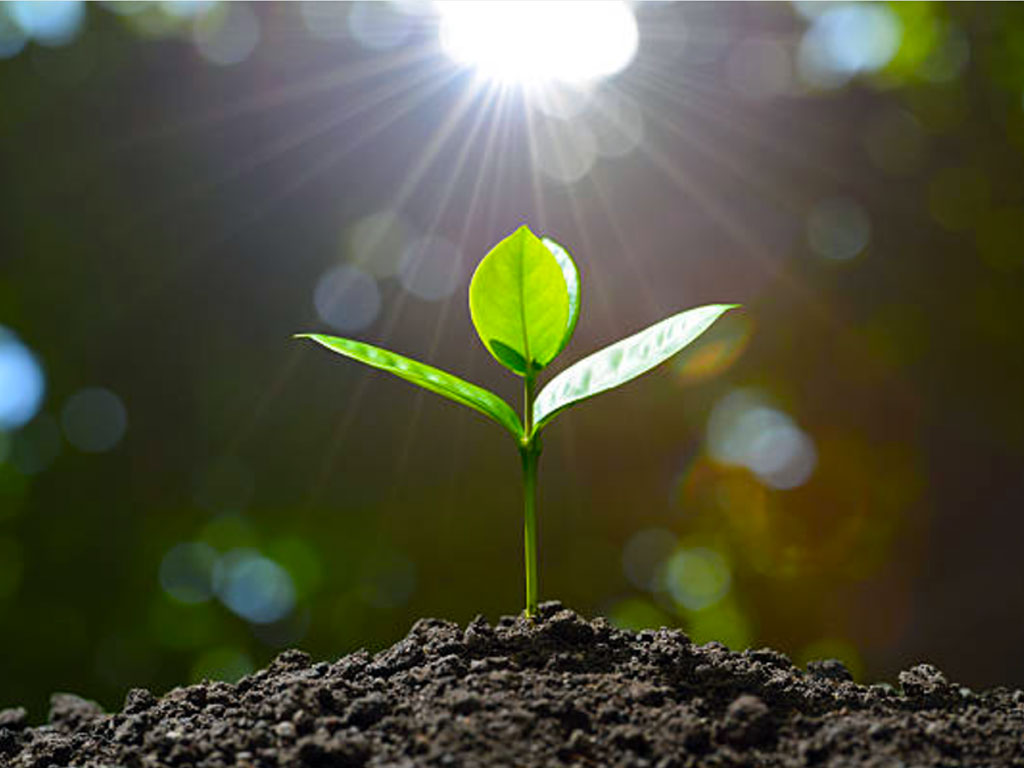
How Plants Uptake Nutrients

What Are the Best Water Types for Hydroponics

Unlocking the Secrets of Hydroponic Nutrients
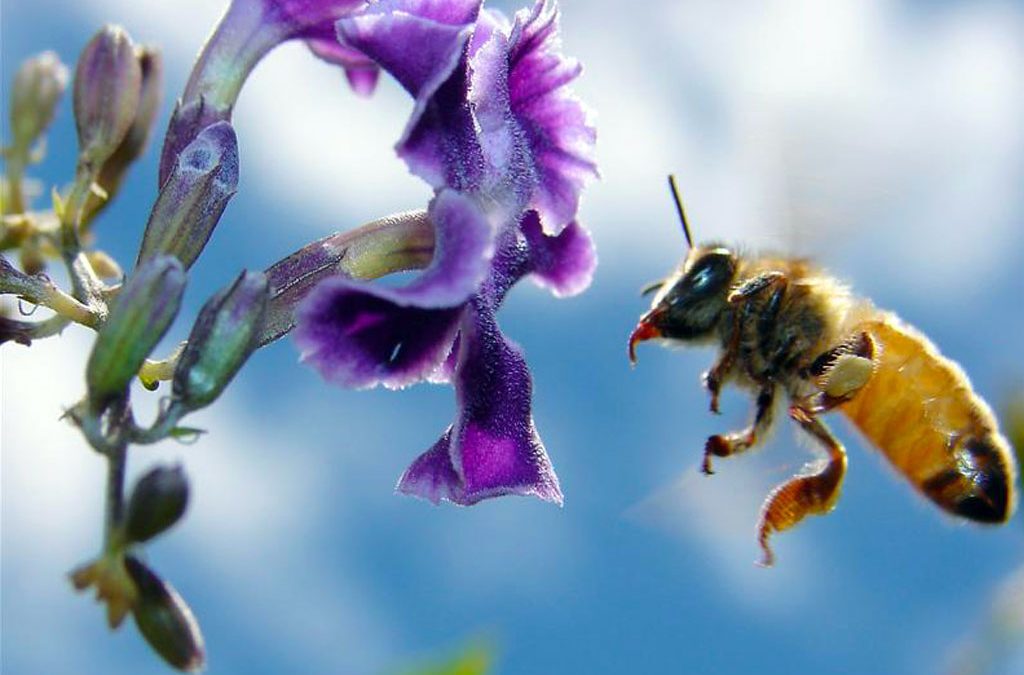
What Makes Honey Bees Unique Among Pollinators
The honey bee is responsible for approximately 80% of the pollination of fruits, nut, grains, and vegetables in the United States today. Honey bees are not native to North America; they were brought here by European settlers in the colonial days to pollinate their crops and for the products created or gathered by the honey bees-honey, propolis, royal jelly, pollen, and beeswax.
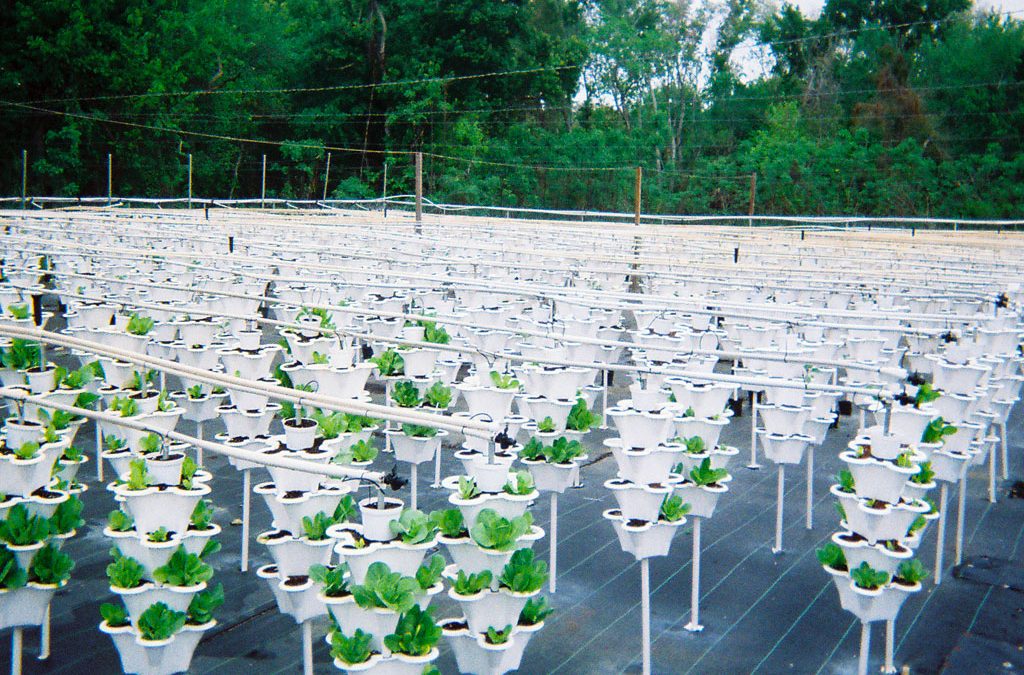
The Volunteer Way uses EzGro more then 7 years

Styrofoam versus High-density Polyethylene
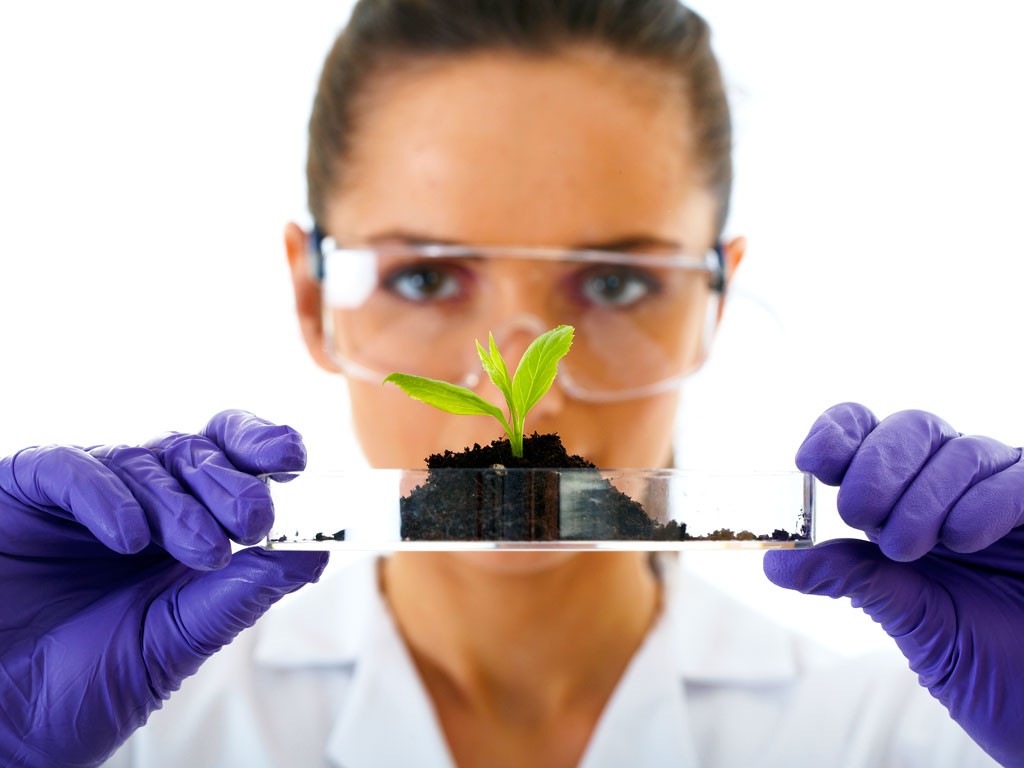
What is Agroponics
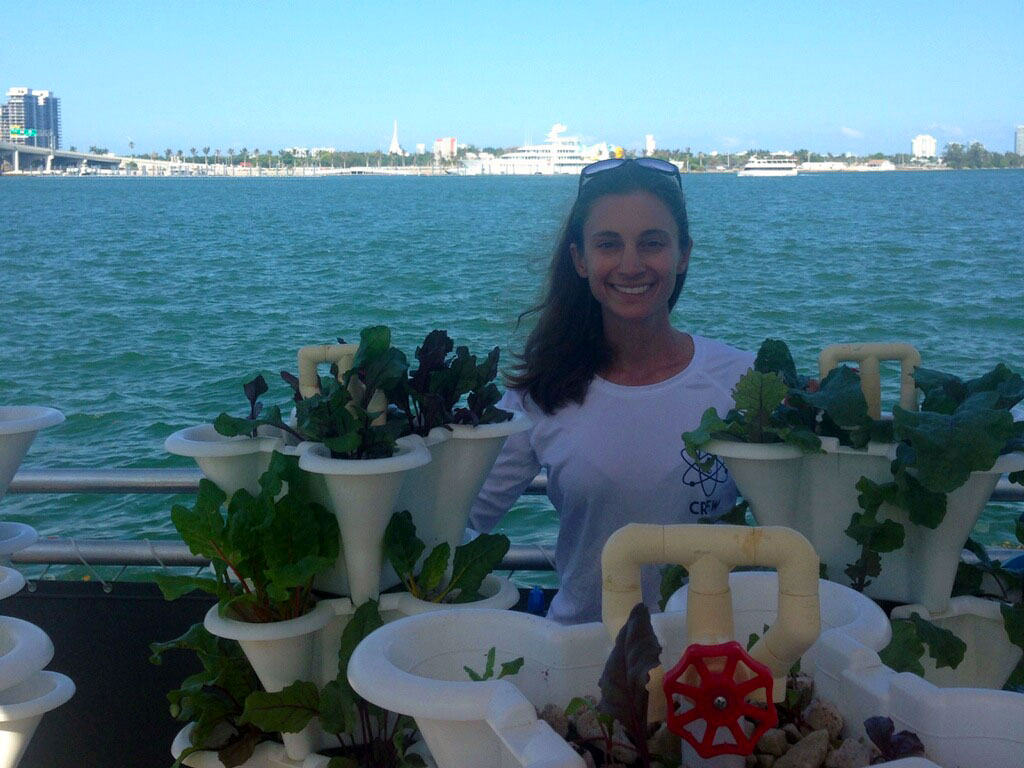
What Makes the Miami Science Barge a Unique Learning Space
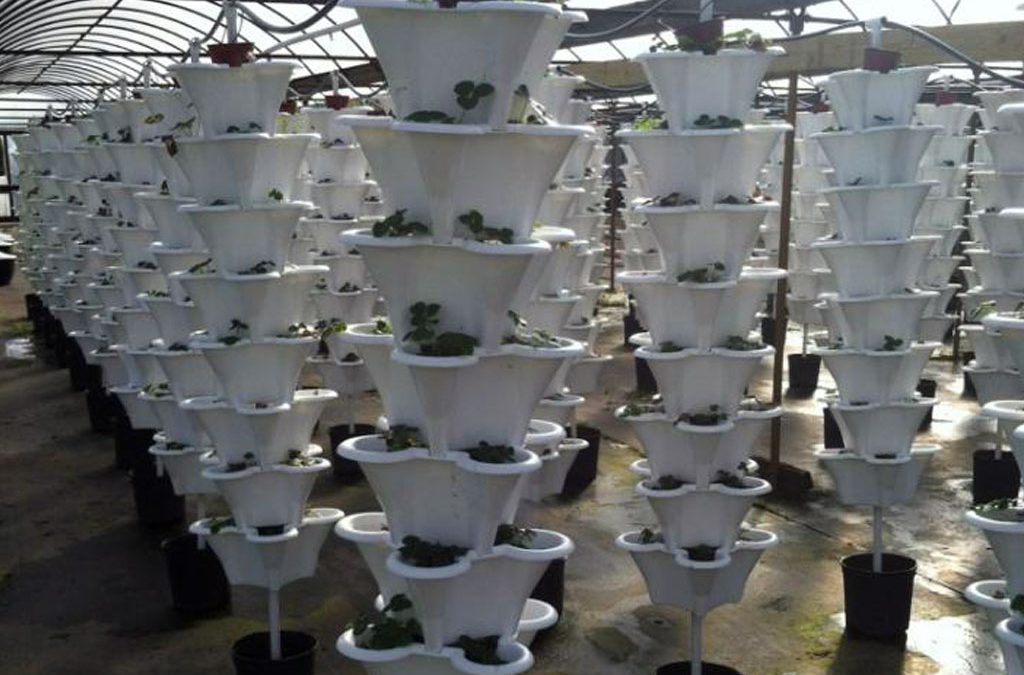
Jimmie’s Greenhouses in Alabama
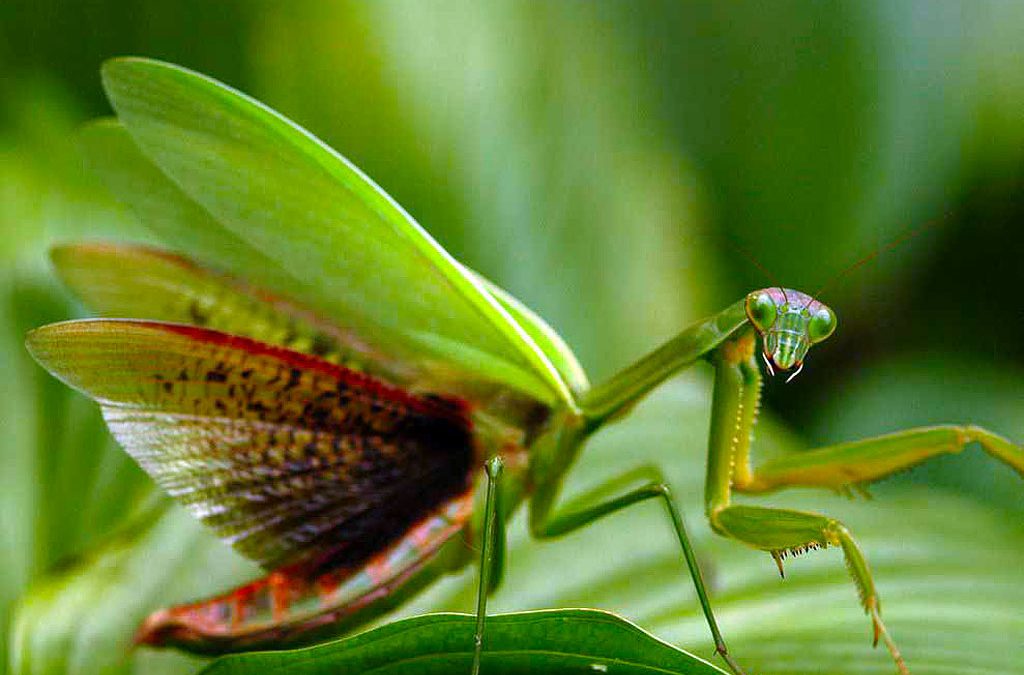
Praying Mantis
The common name praying mantis refers to the typical “prayer-like” posture the insect has, with folded forelimbs. In fact, mantids specialize in preying! The preying mantis is almost a perfect insect-hunting machine. This may be why mantids are one of the first species people think of when the term beneficial insect is mentioned.
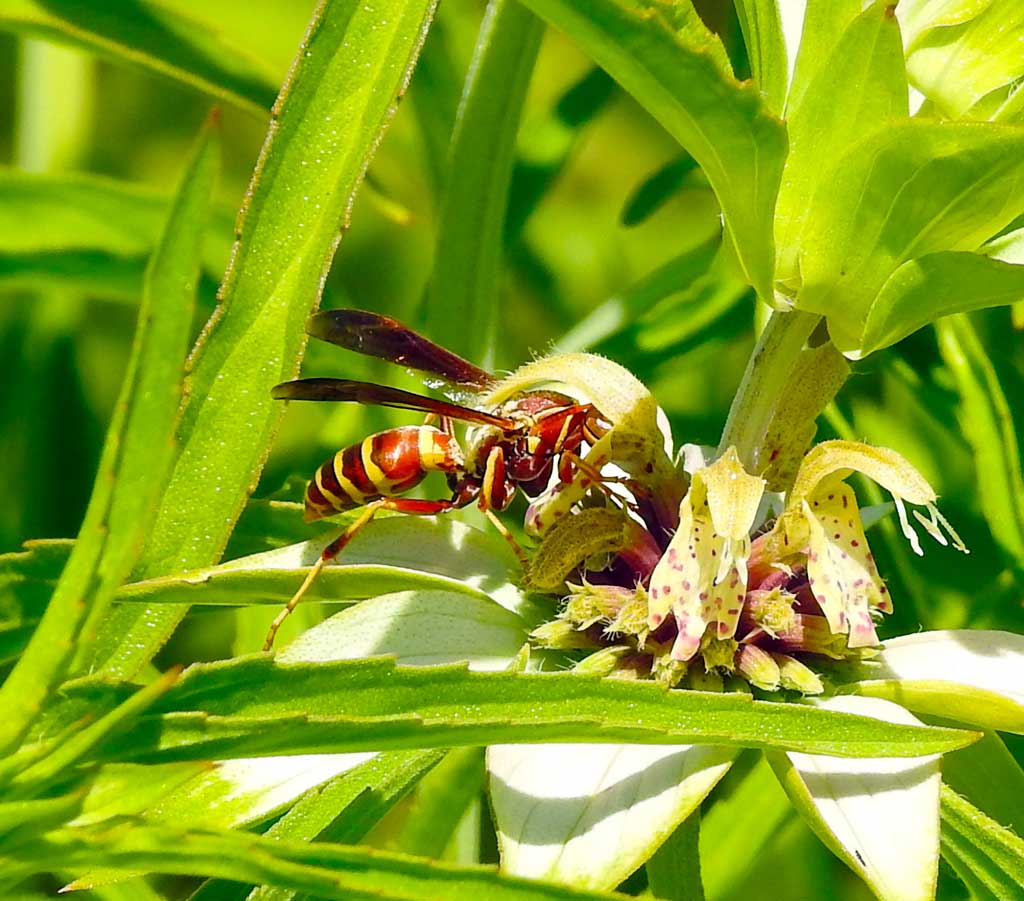
Paper Wasps
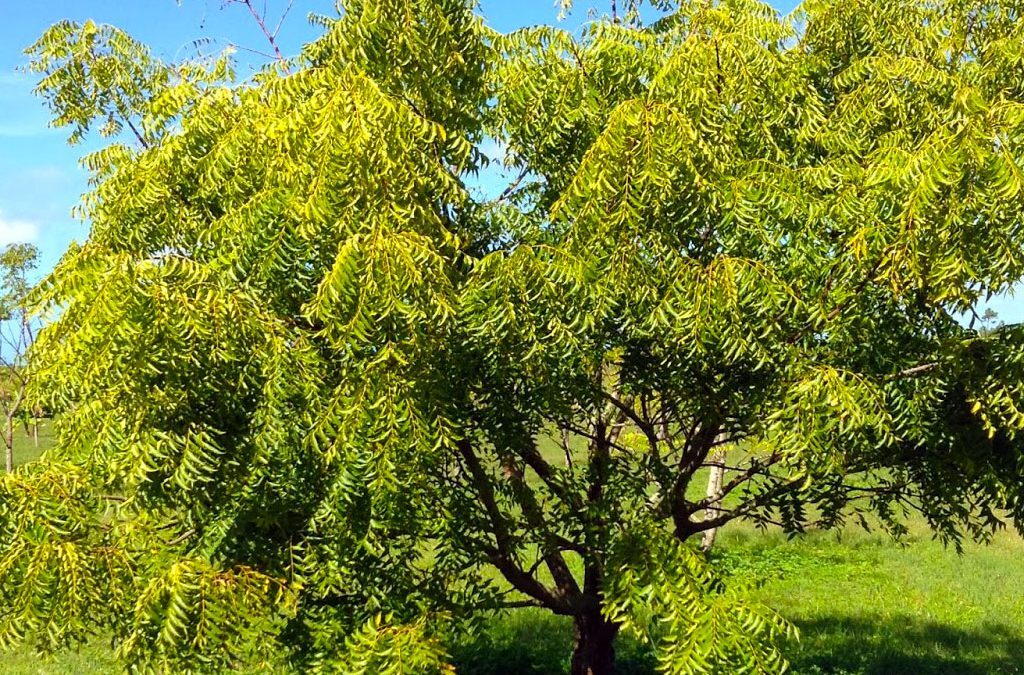
The Neem Tree: A Miracle Plant
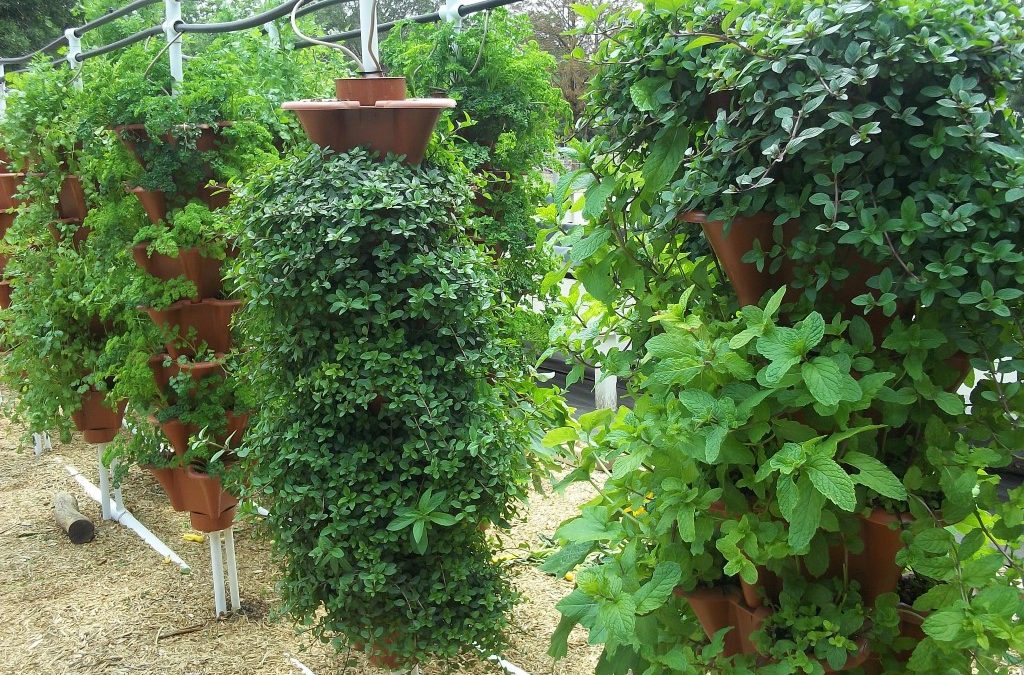
Efficient And Economical Food Production Systems
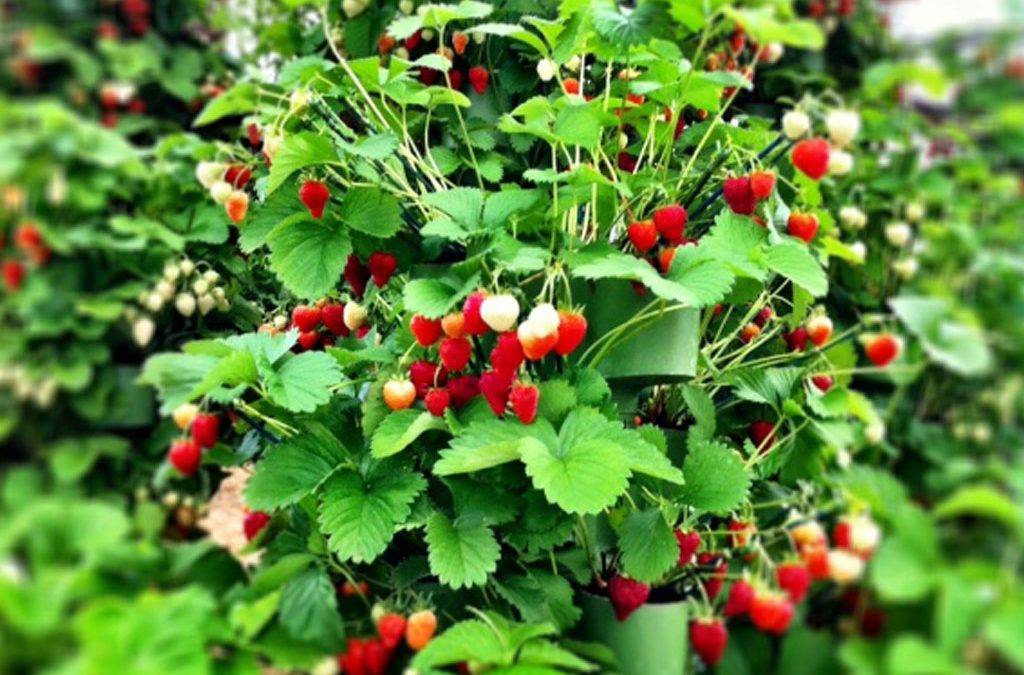
Growing Strawberries with the EzGro System
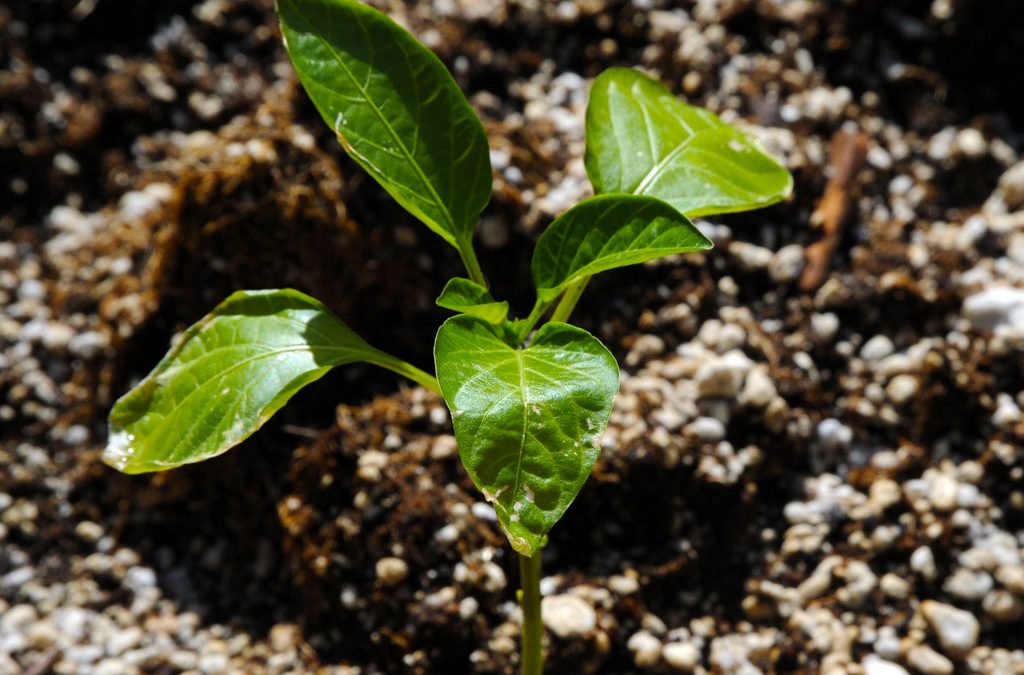
Growing Organic versus Hydroponics
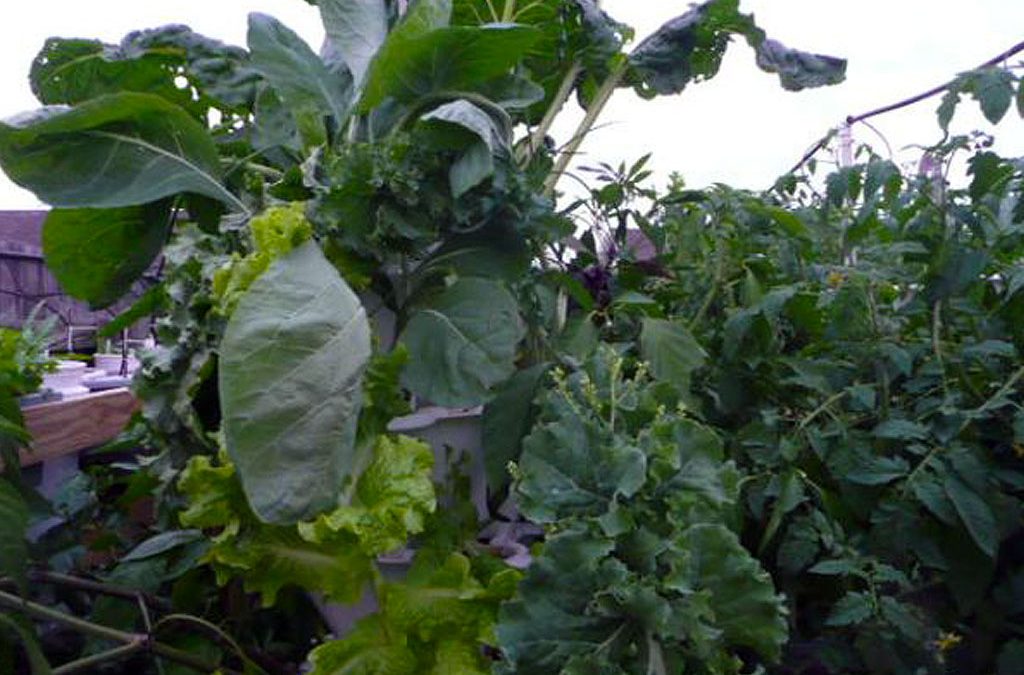
EzGro Garden by Robert Mainville from NC
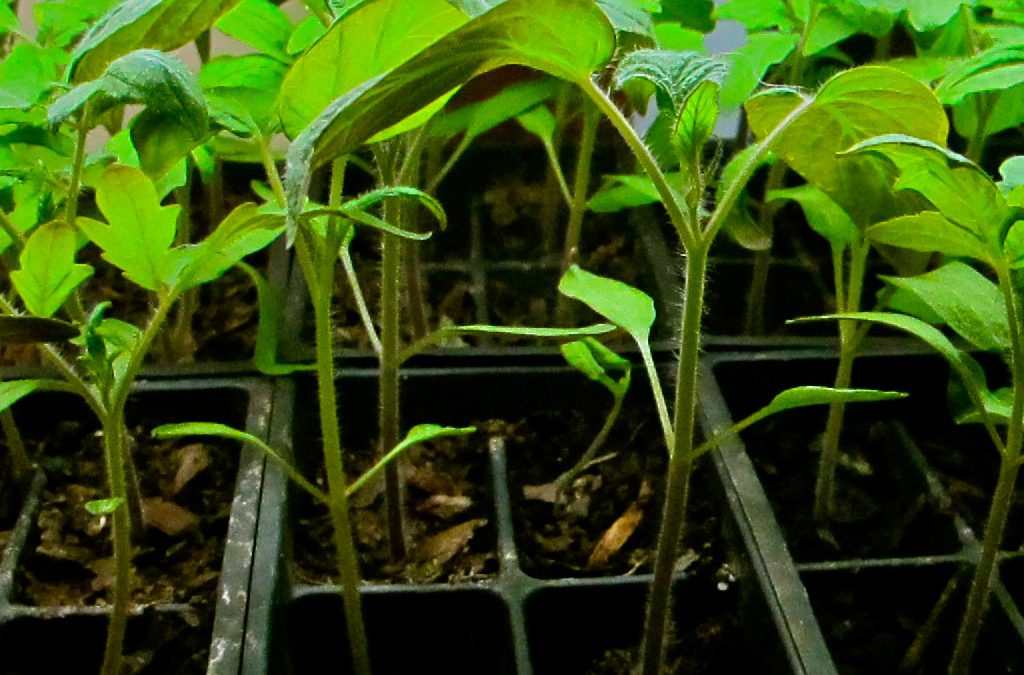
What Causes Leggy Seedlings
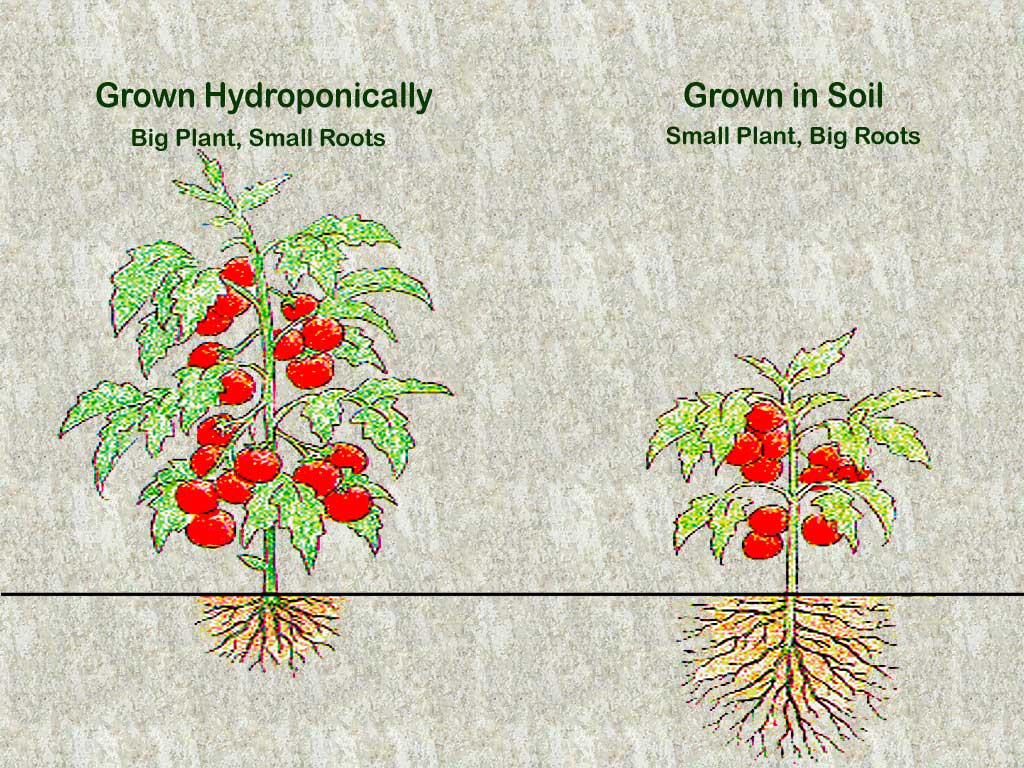
Soil versus Hydroponics
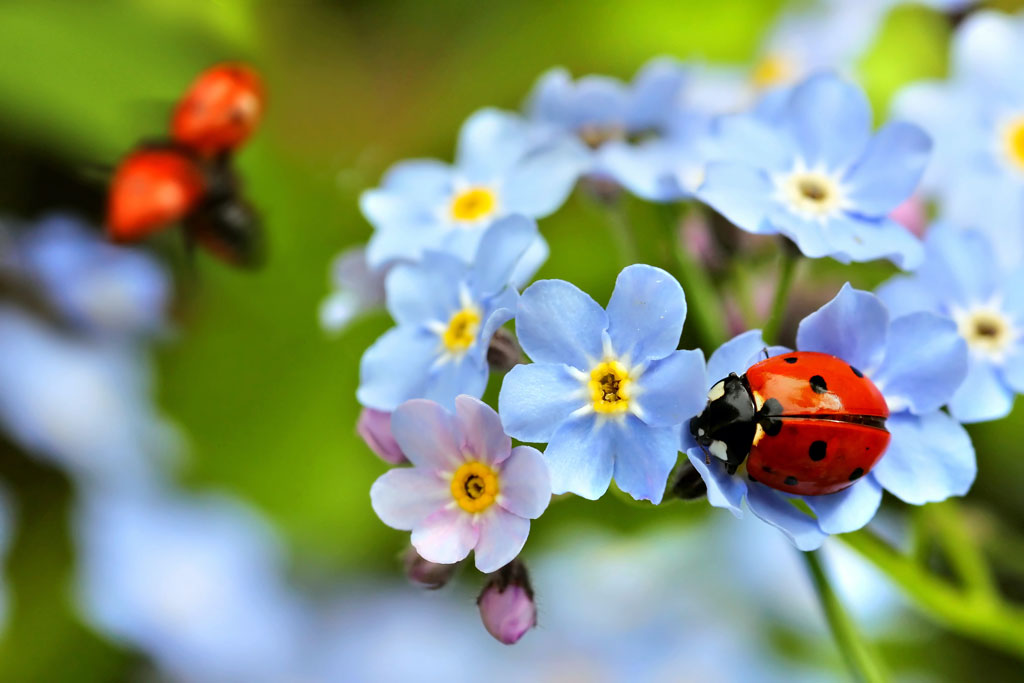
Ladybug
What is it about the tiny Lady Beetle that makes people like them? Is it their bright colors or domed shape? Or do we sense how much good they’ve done us through the centuries? Whatever the attraction, it’s gone on for a long time and is quite widespread.
Many European cultures had a high regard for this beetle family as early as the Middle Ages, when they were dedicated to the Virgin Mary.
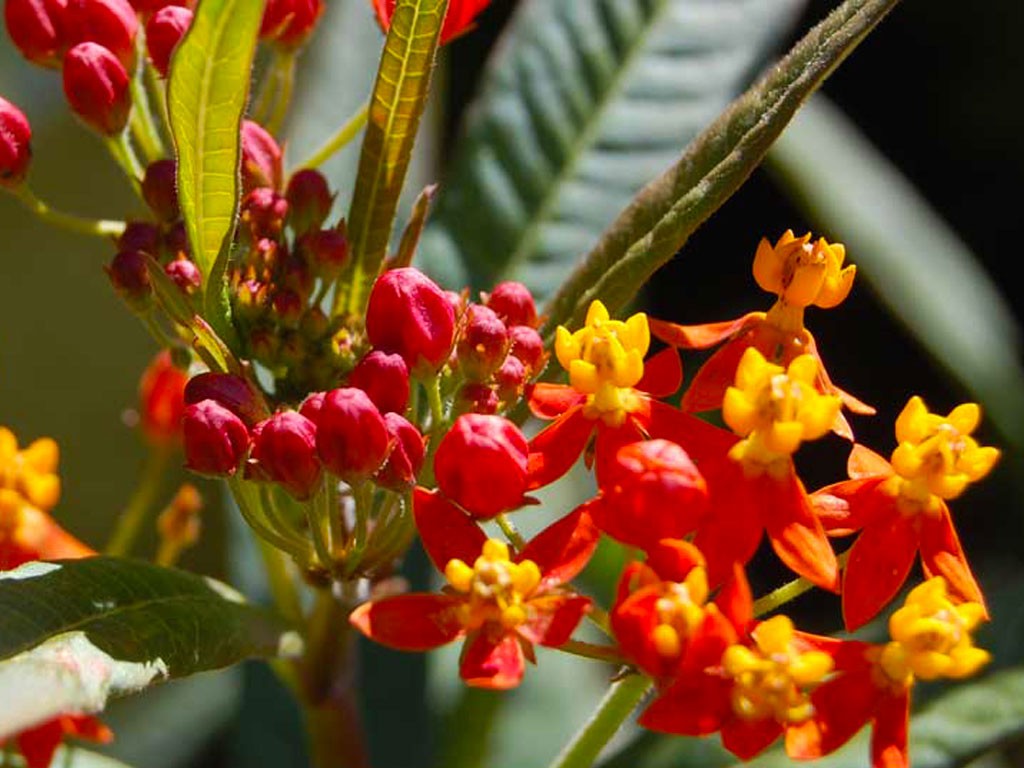
Attracting Beneficial Insects
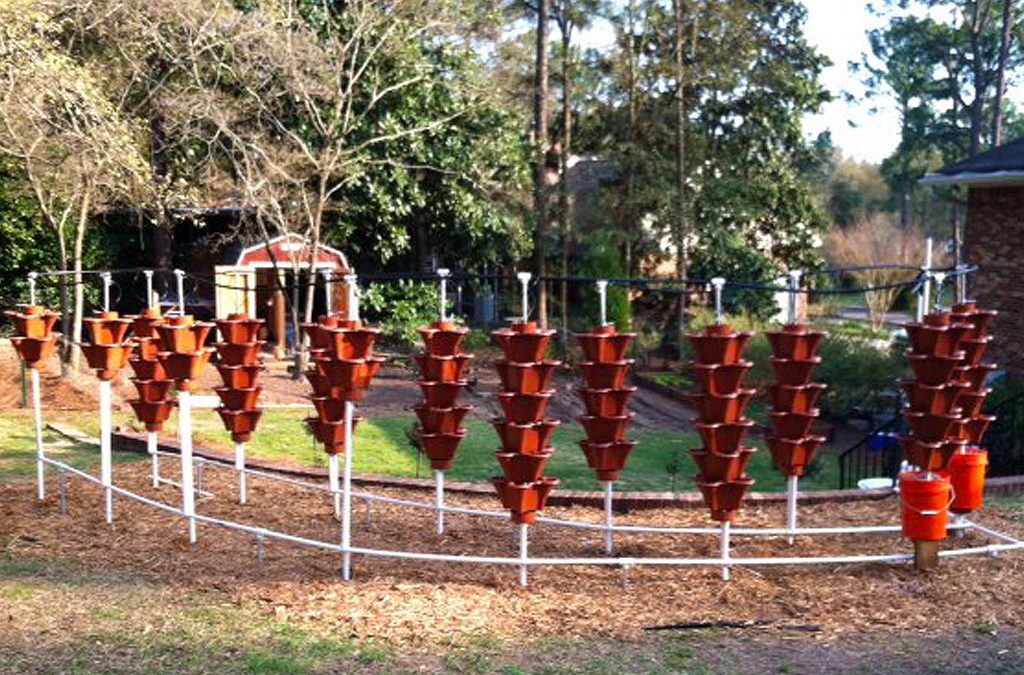
Backyard EzGro Garden by Bob from SC

Hydroponics First Recorded Scientific Experiments
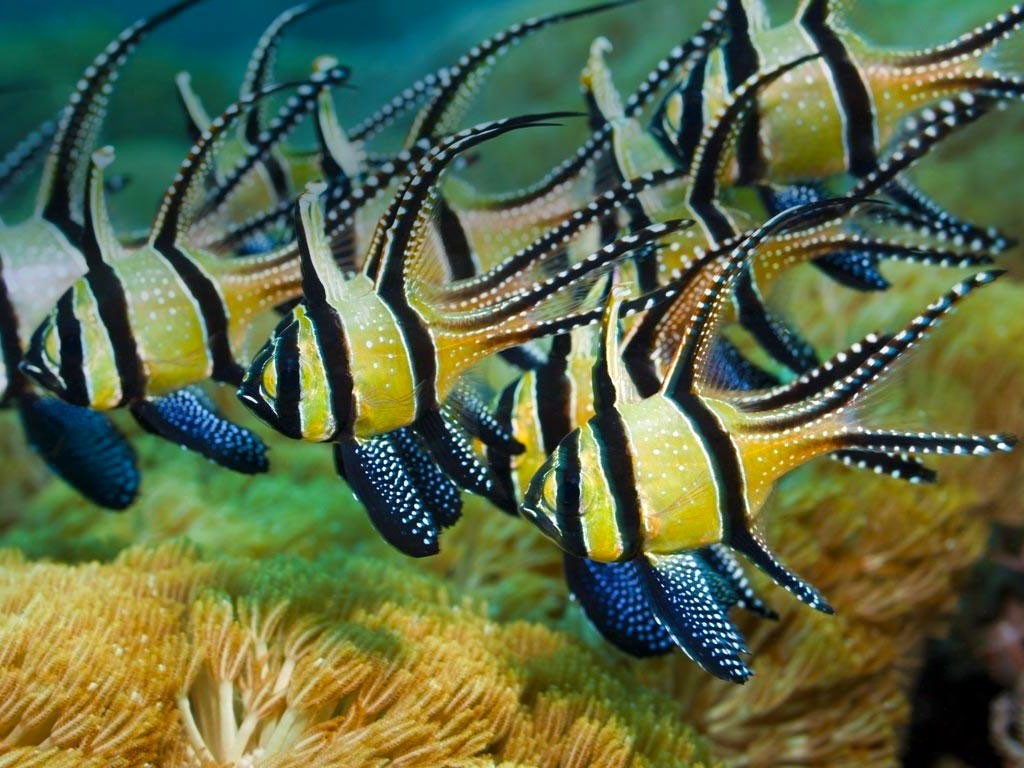
What is Aquaculture
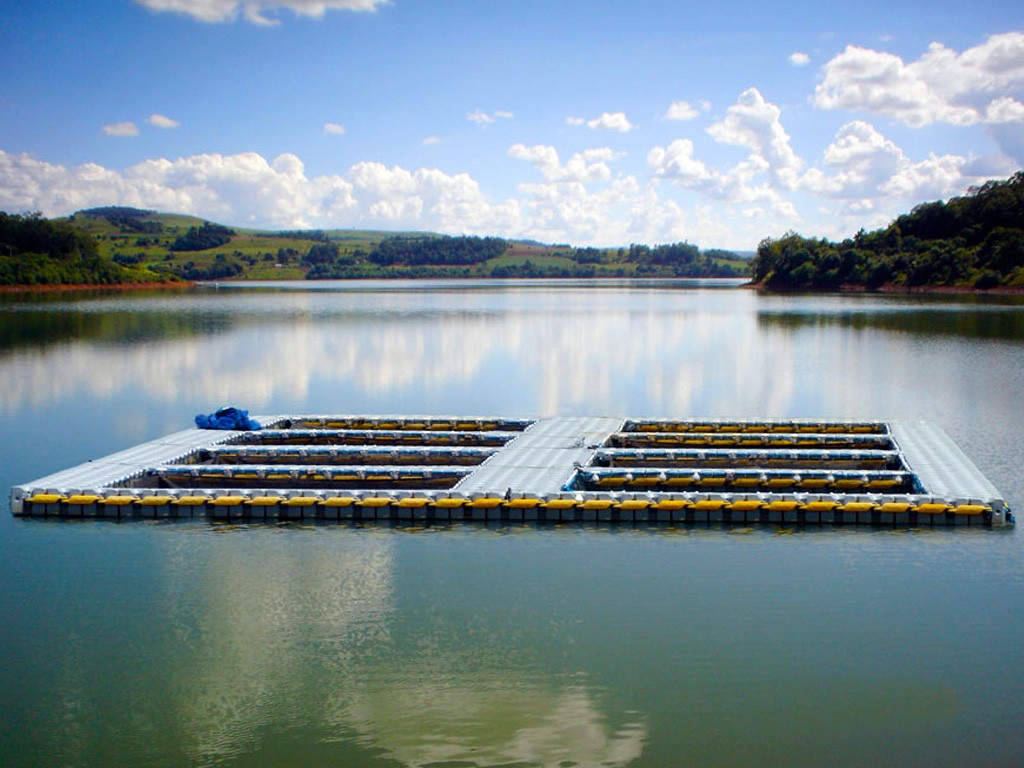
Modern-Day Chinampas
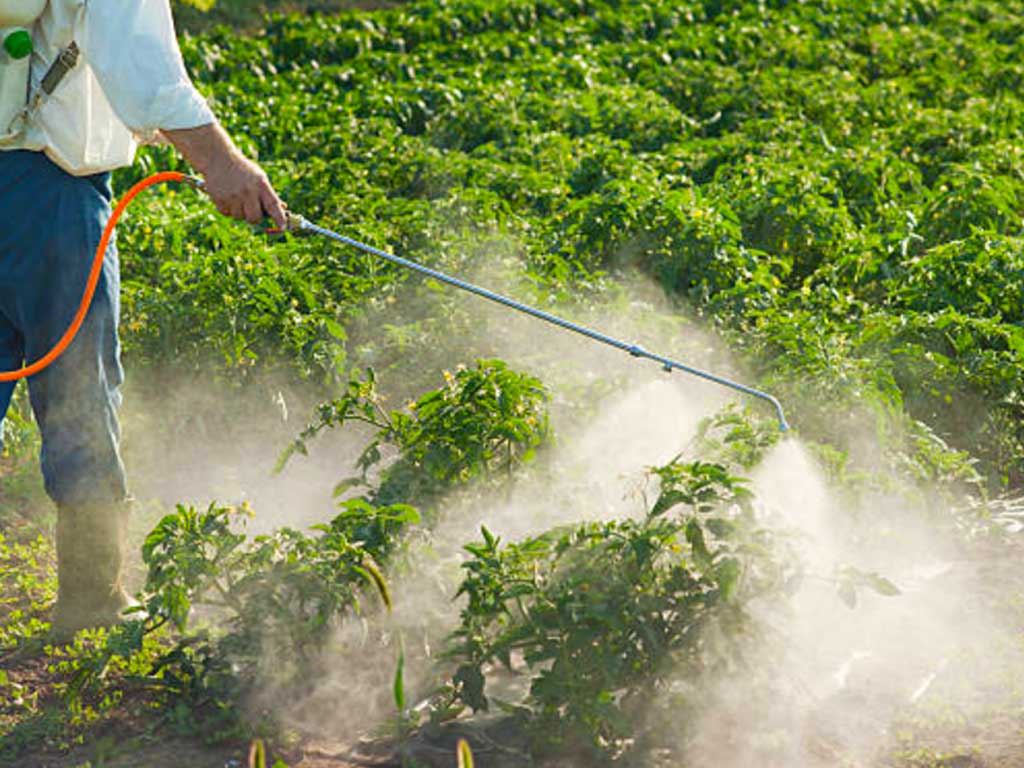
Organic Does Not Mean “No Pesticides”

What is Hydroponics?
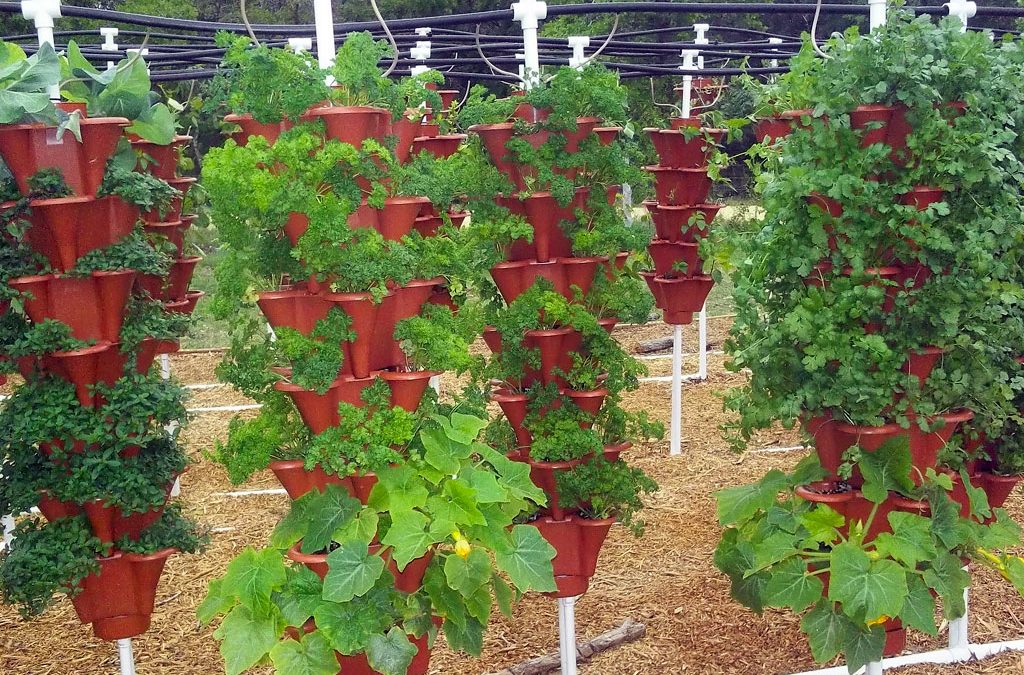
Sage Mind Homestead in Texas
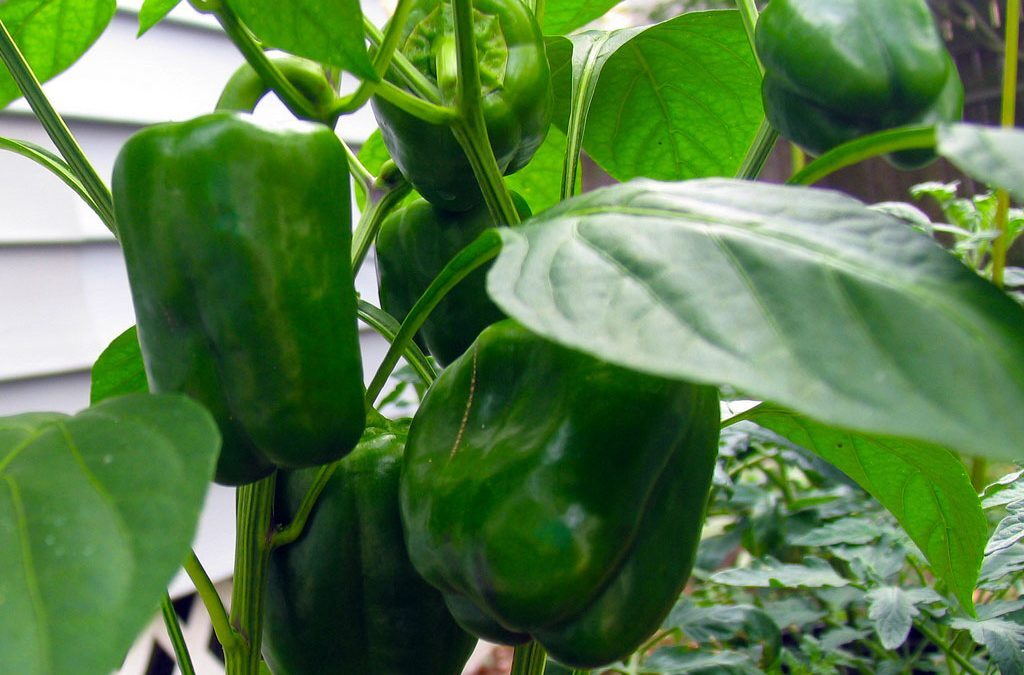
Calcium in Plants
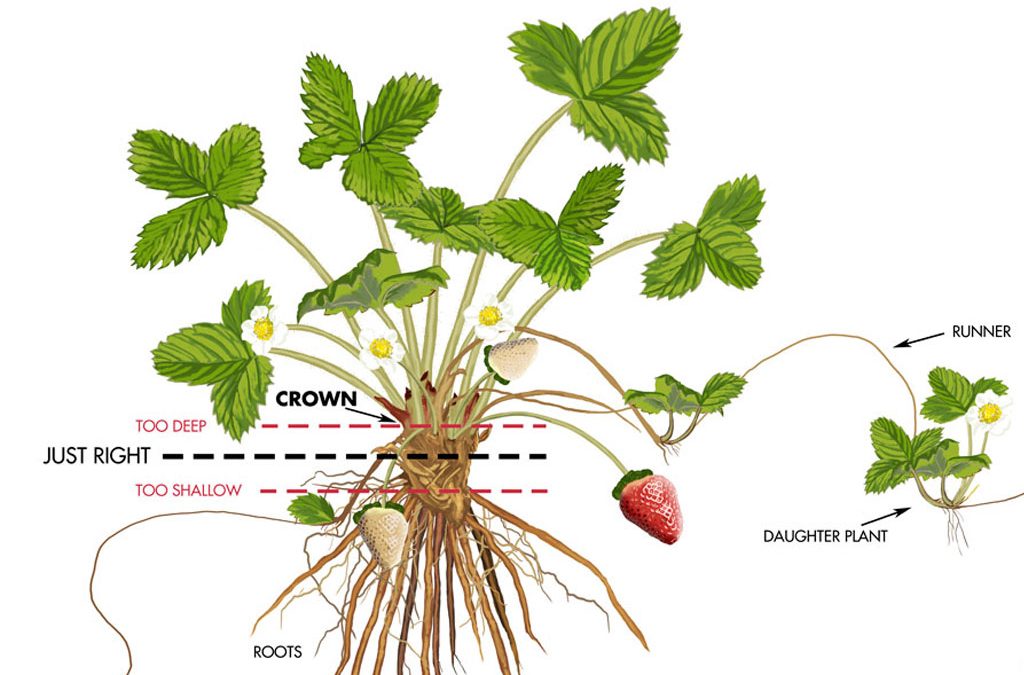
Caring For Your Strawberry Plants on Arrival
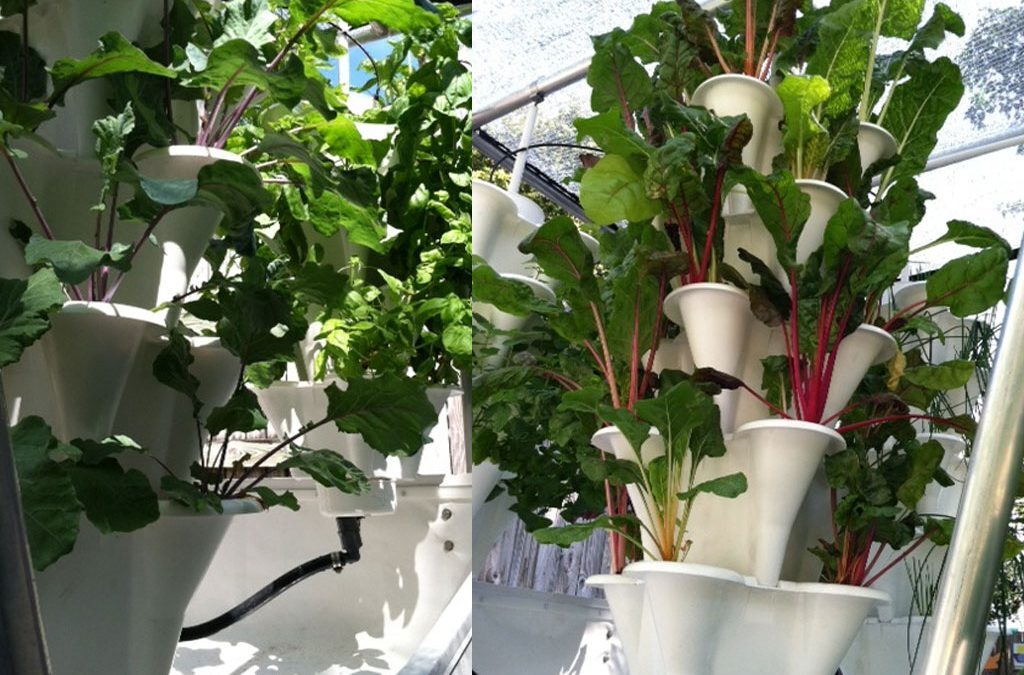
Miami Science Museum Uses EzGro
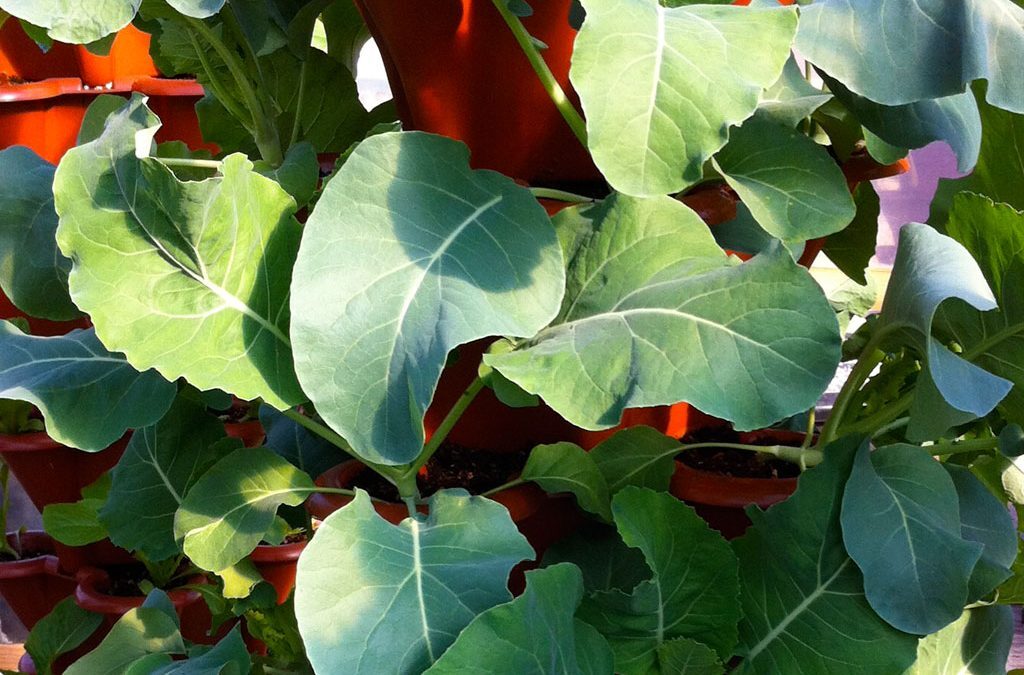
High Density Vertical Growth (HDVG) Garden

Why Use Hydroponics

EC vs TDS
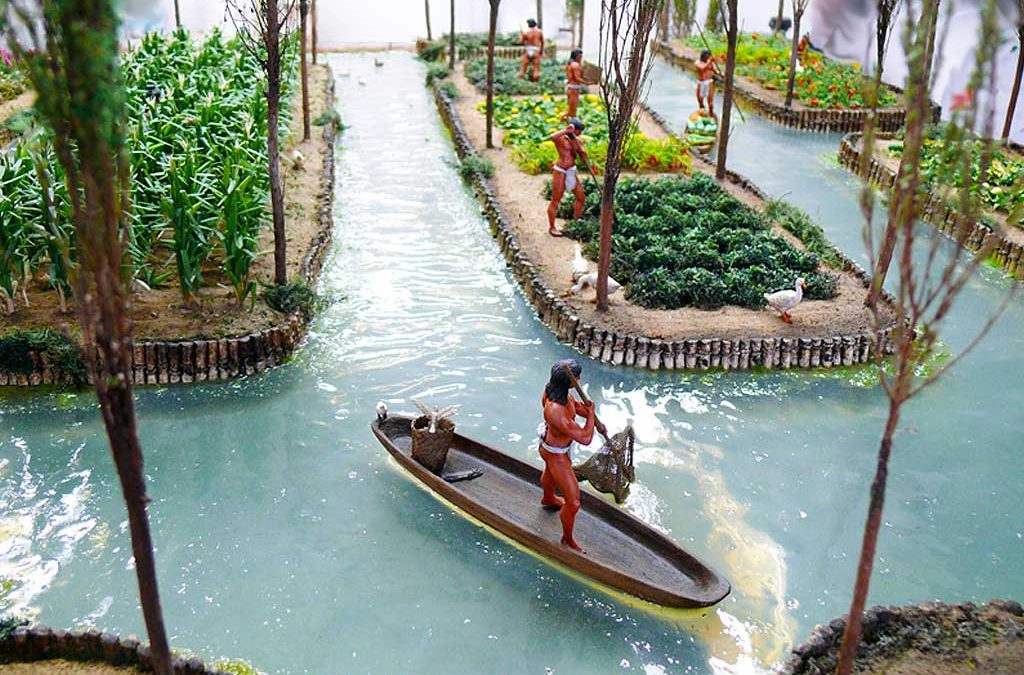
Discover the Secrets of Aztec Chinampas of Central America
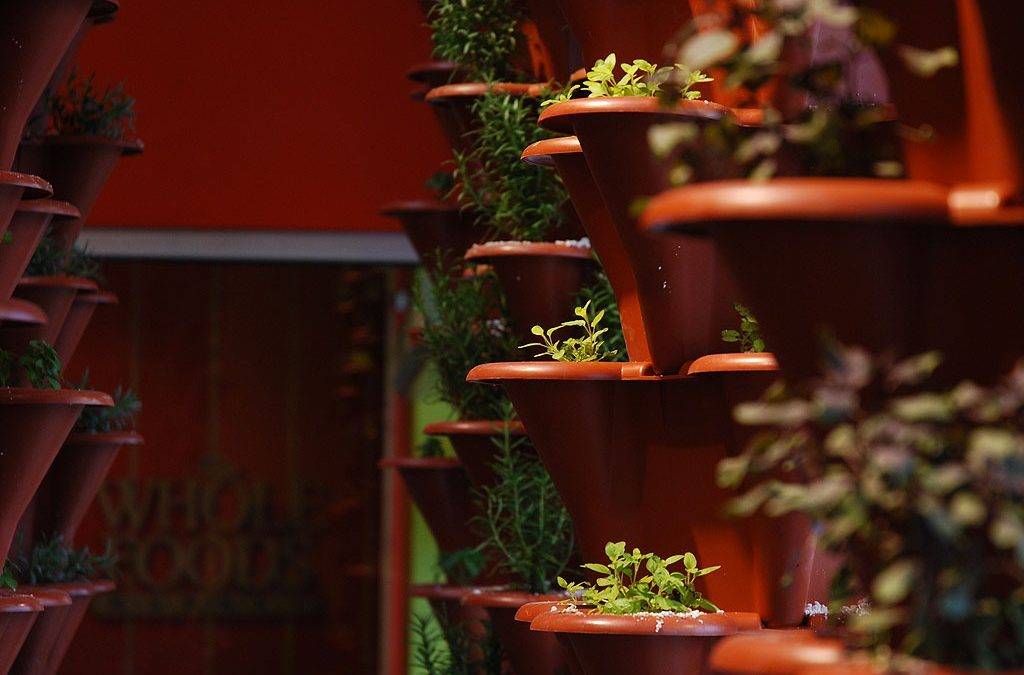
Whole Foods Store Millburn, New Jersey
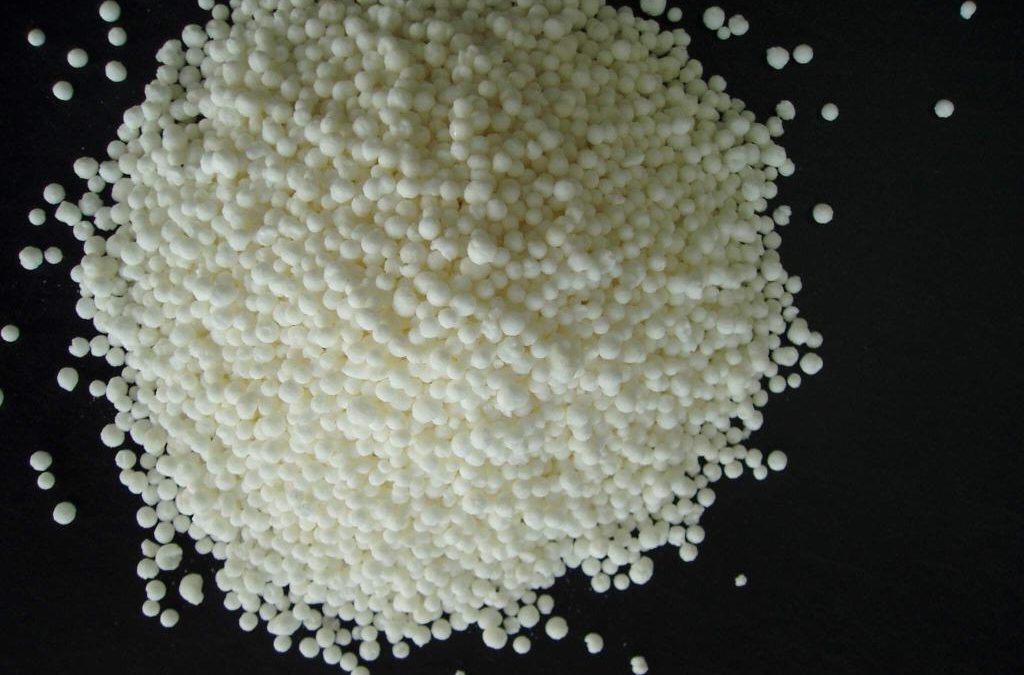
Calcium Nitrate
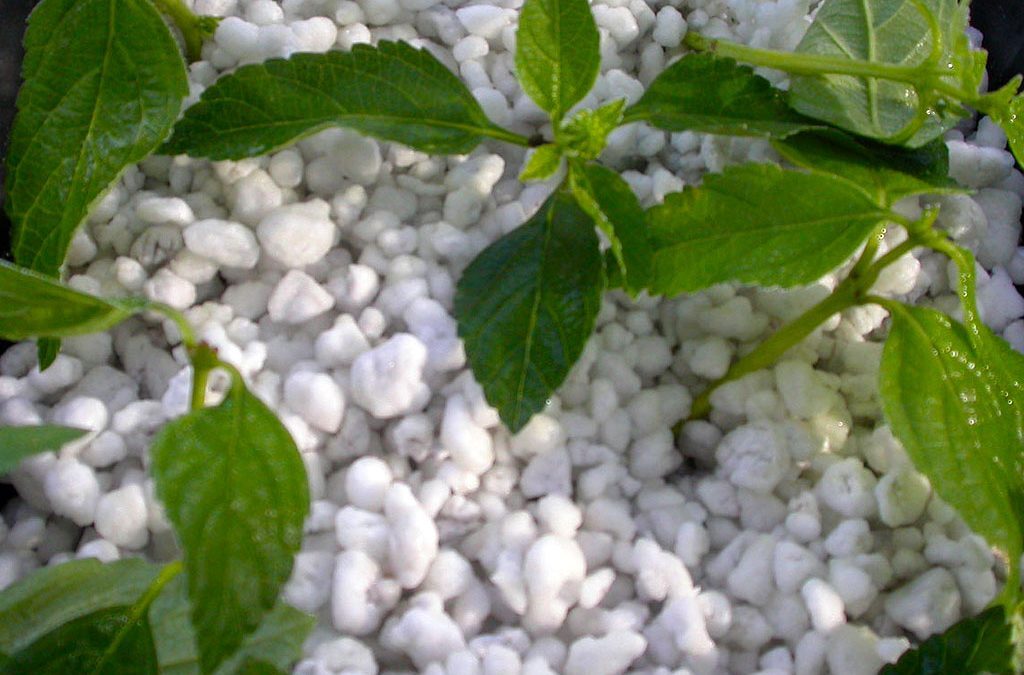
Perlite
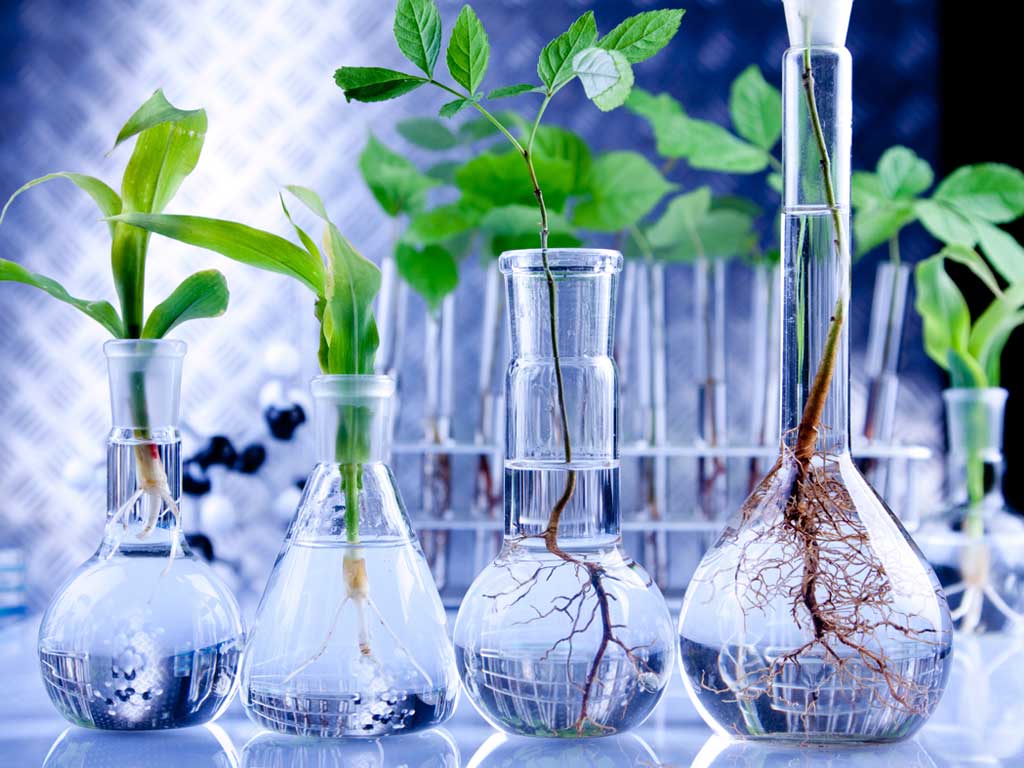
What is Aquaponics
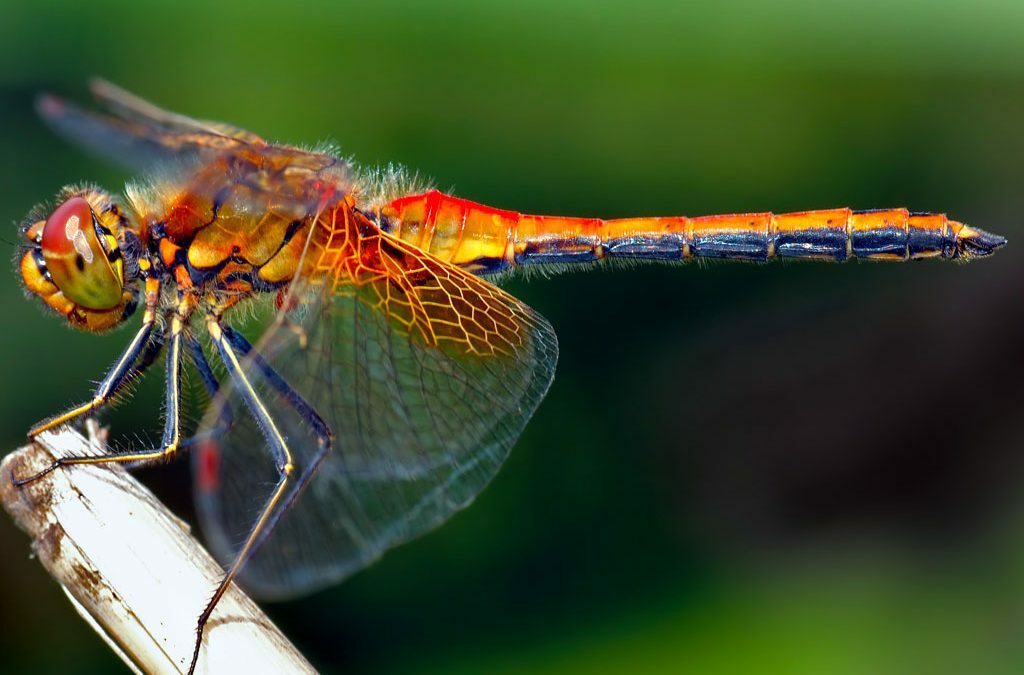
Dragonfly
Dragonflies are graceful, brightly colored predatory insects with four wings and a long body. Large ancestors of dragonflies, those with a three-foot wingspan, were on this planet longer than we can imagine. Fossil records show that dragonflies have been here since before dinosaurs appeared! They fly over open areas of water, fields, and wetlands with ease.
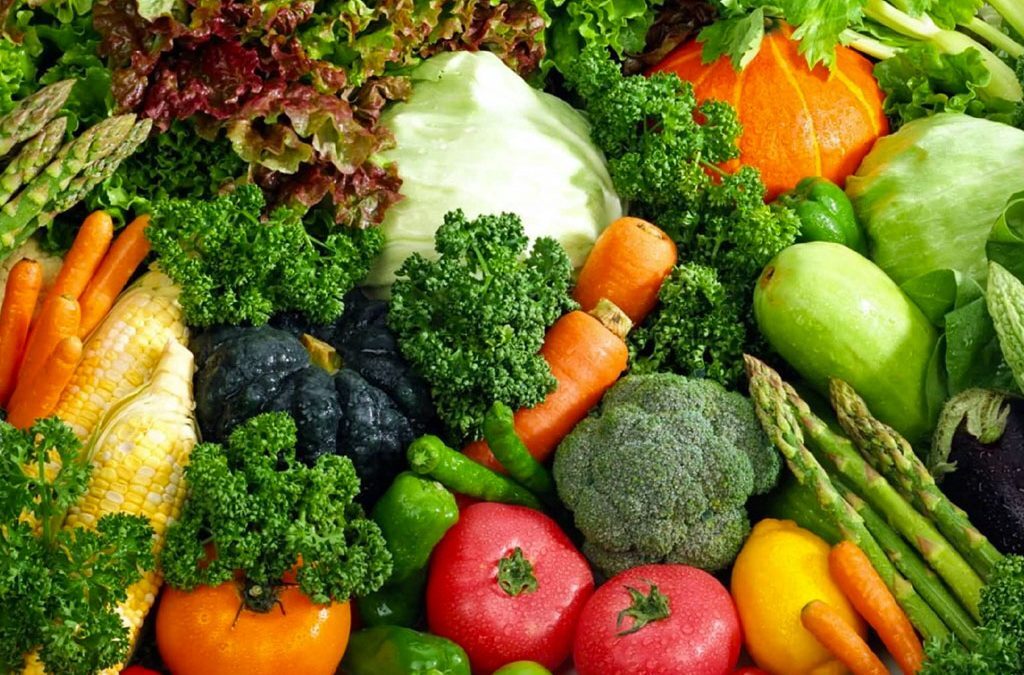
What’s Organic, What’s Not?
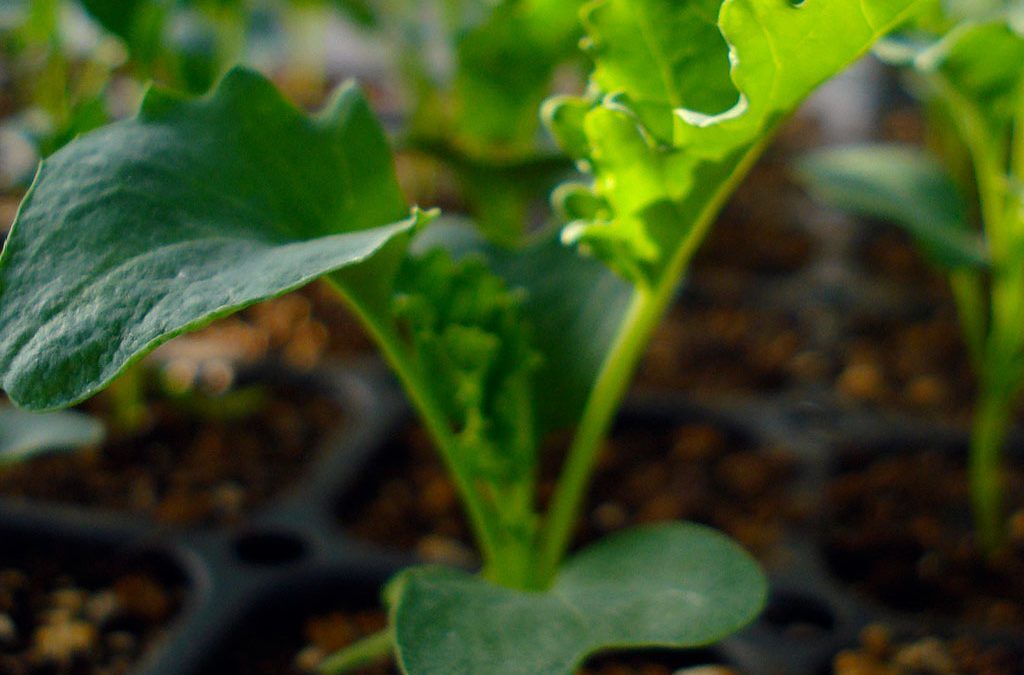
When to Transplant Seedlings
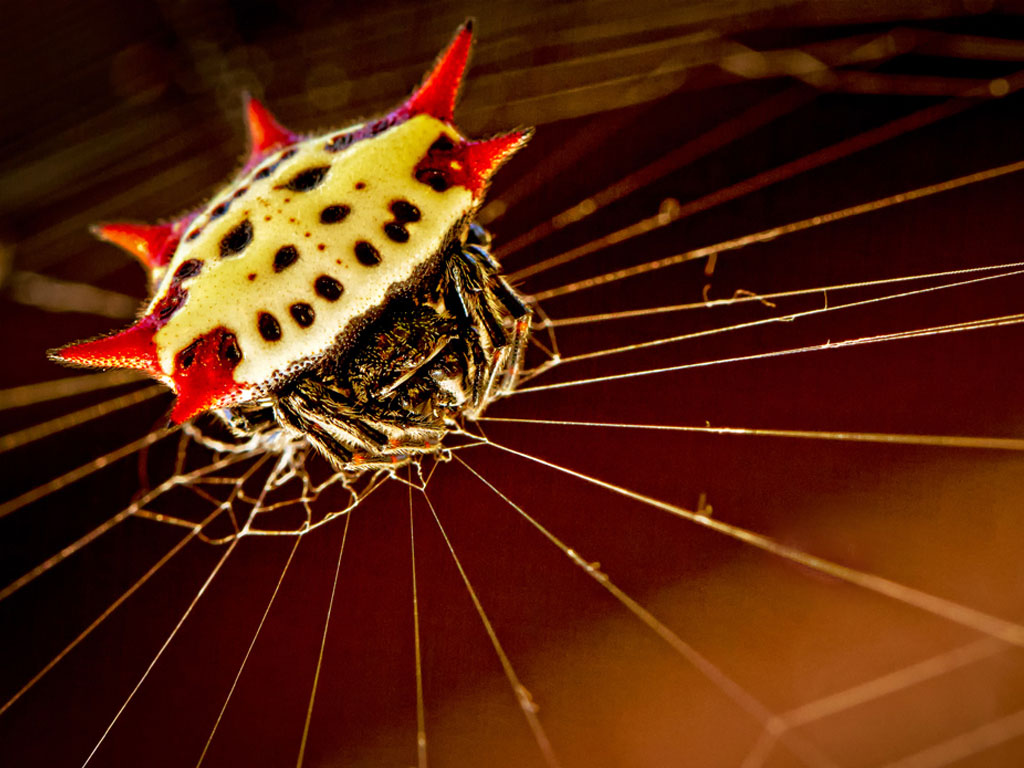
Spiny Orb Weaver
The Spiny orb weaver is one of many species of beneficial spider that feasts on small garden pests. Their common name is appropriately labelled, the spider has six pointy projections located around its abdomen. Bright coloration of the abdomen such as yellow, red, white and black are associated with this interesting critter, and the rest of its body is black. Although they may look dangerous with their bright colors, they are harmless to humans.

pH Measurement
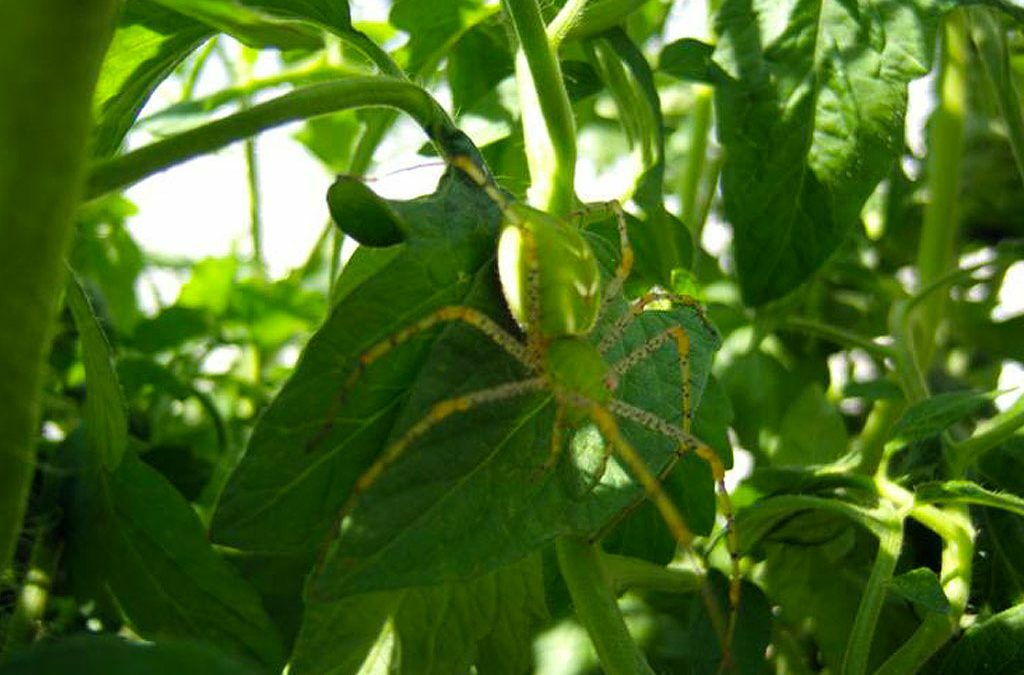
Green ‘Lynx’ Spider
The Green ‘Lynx’ Spider is found on all kinds of shrub-like plants throughout the southern United States, Mexico, Central America, Venezuela and the West Indies. You can find the Green ‘Lynx’ Spider in woods on tall grasses and in meadows of tall wildflowers, especially on the heads of wild buckwheat. The Green ‘Lynx’ Spider is a common resident in Texas Upper Gulf Coast landscapes and gardens.


